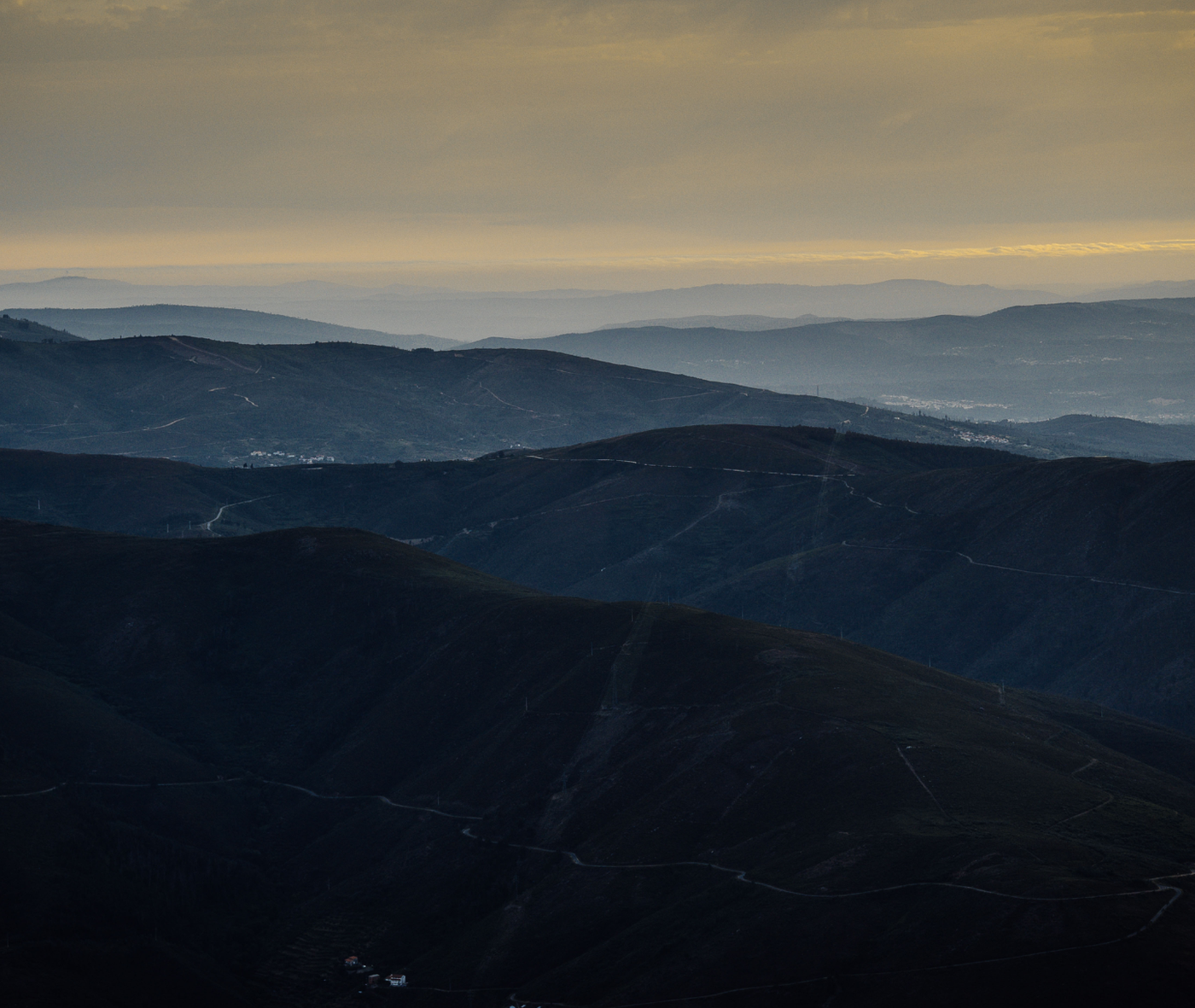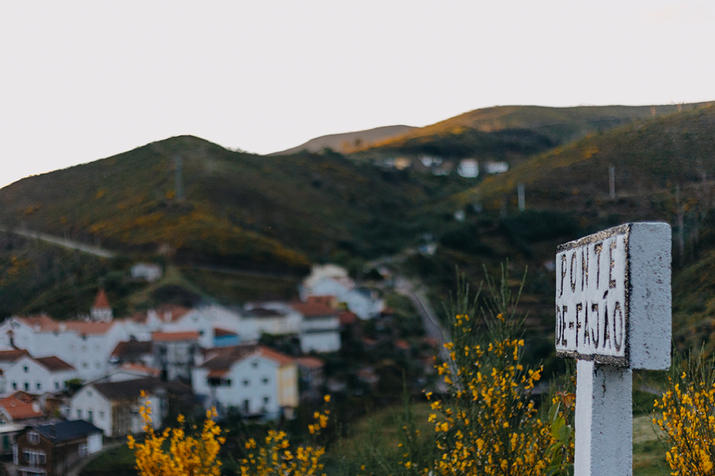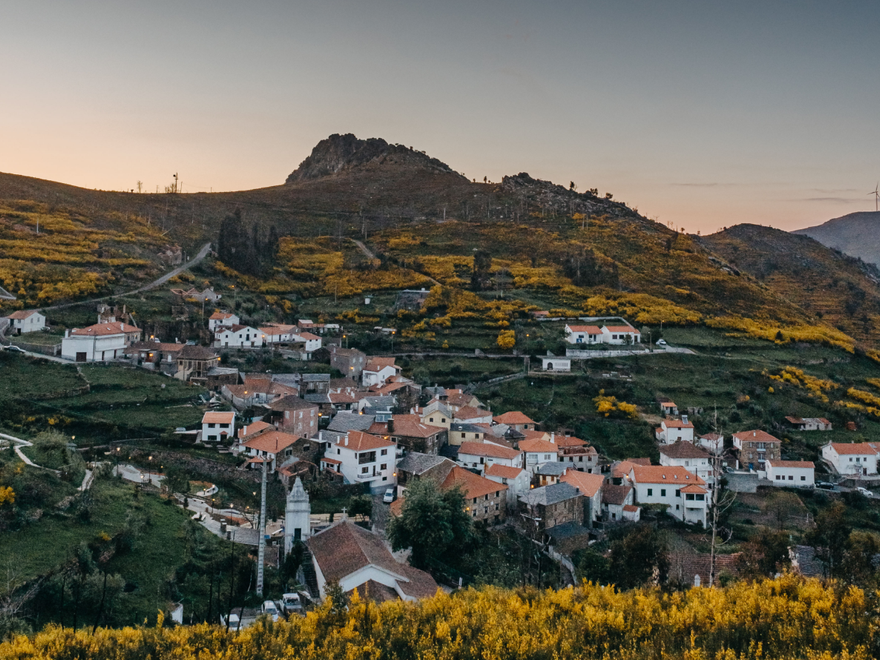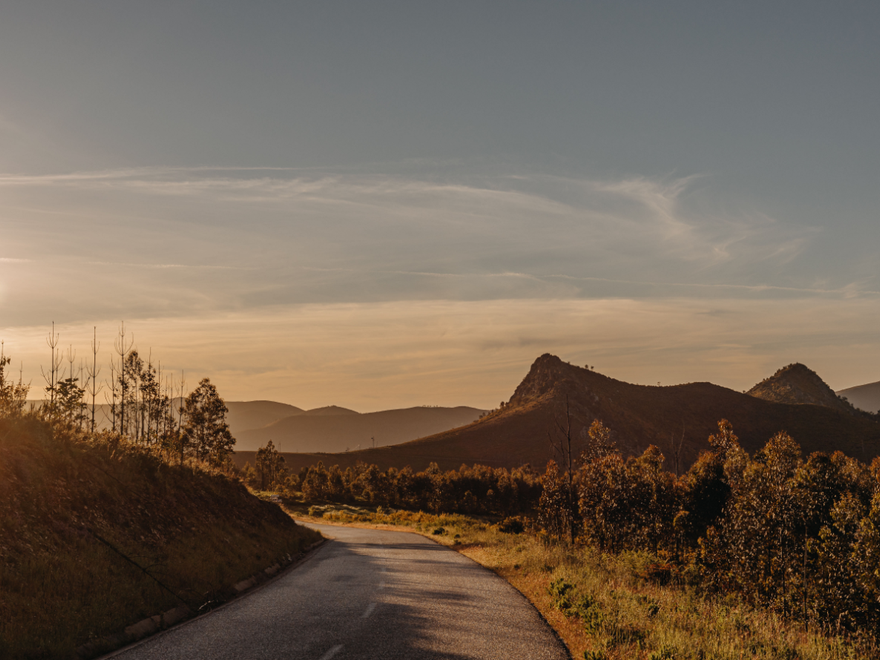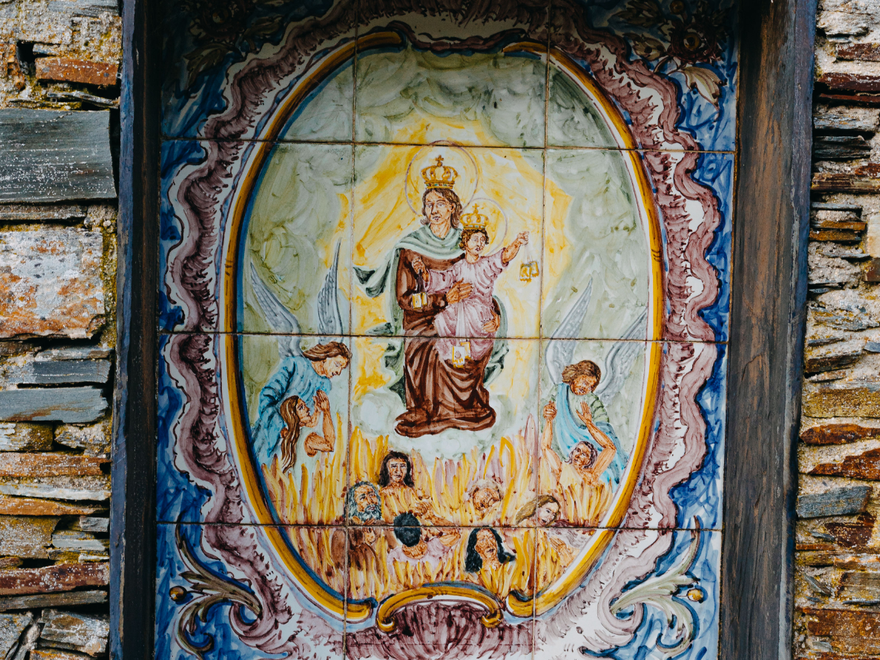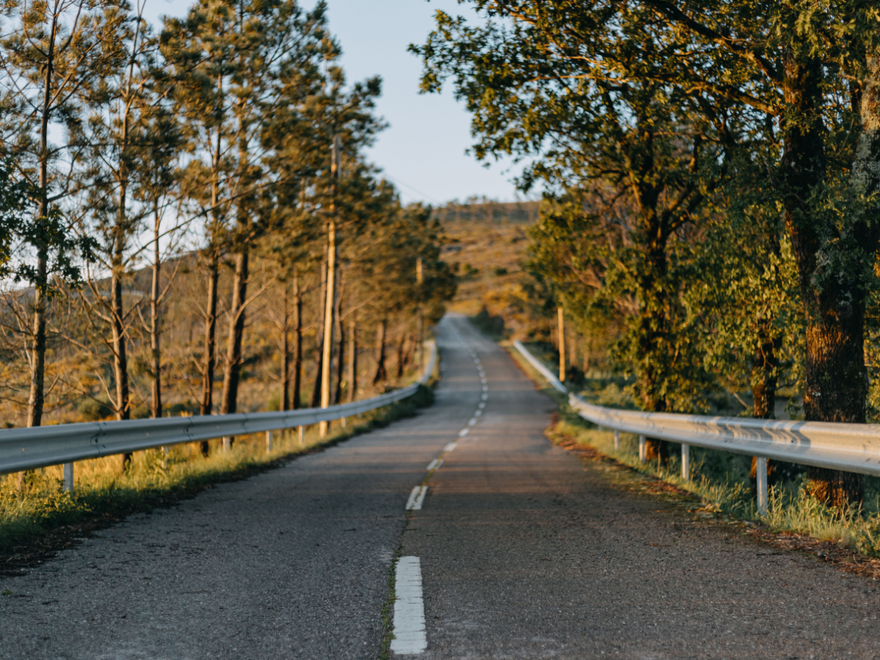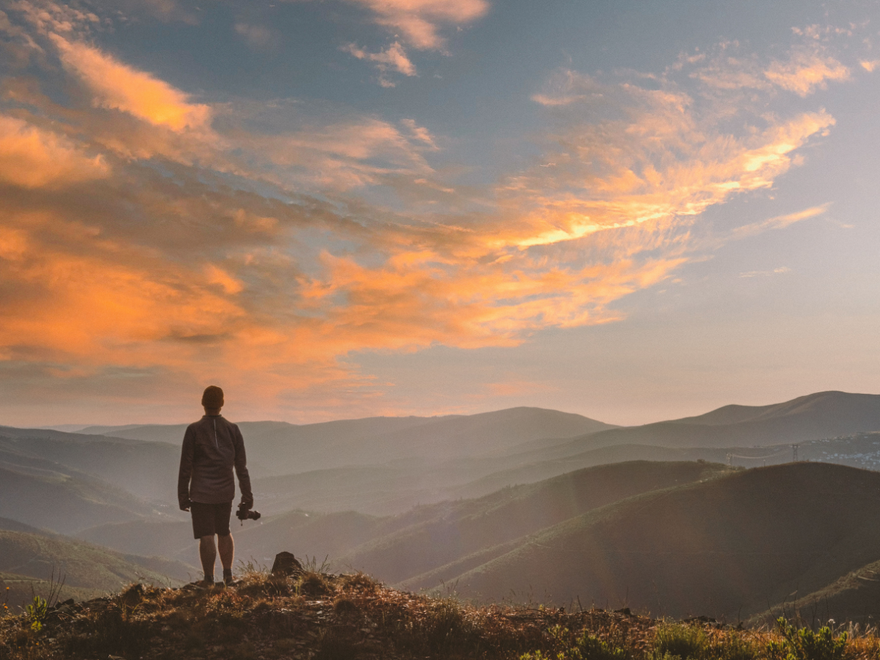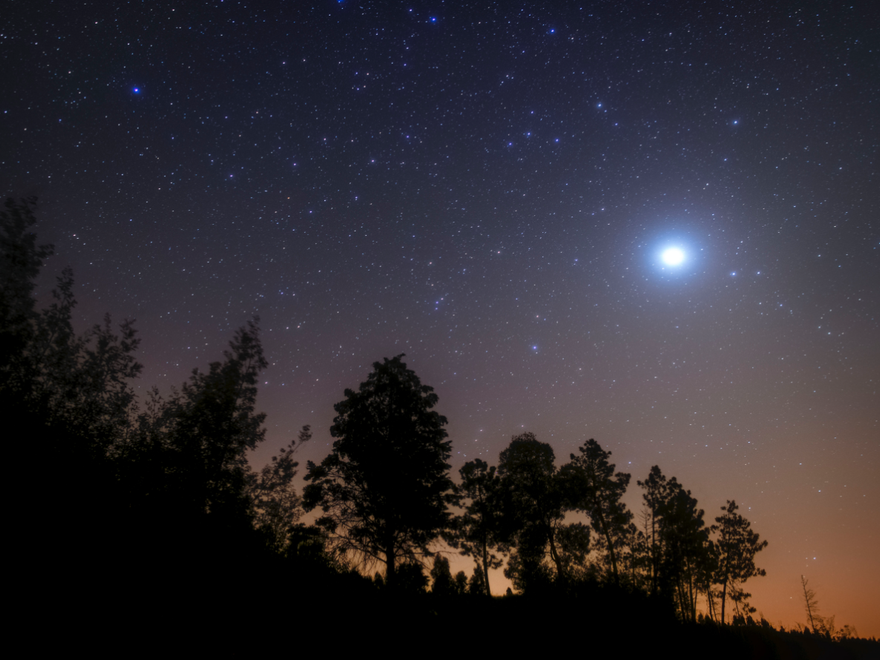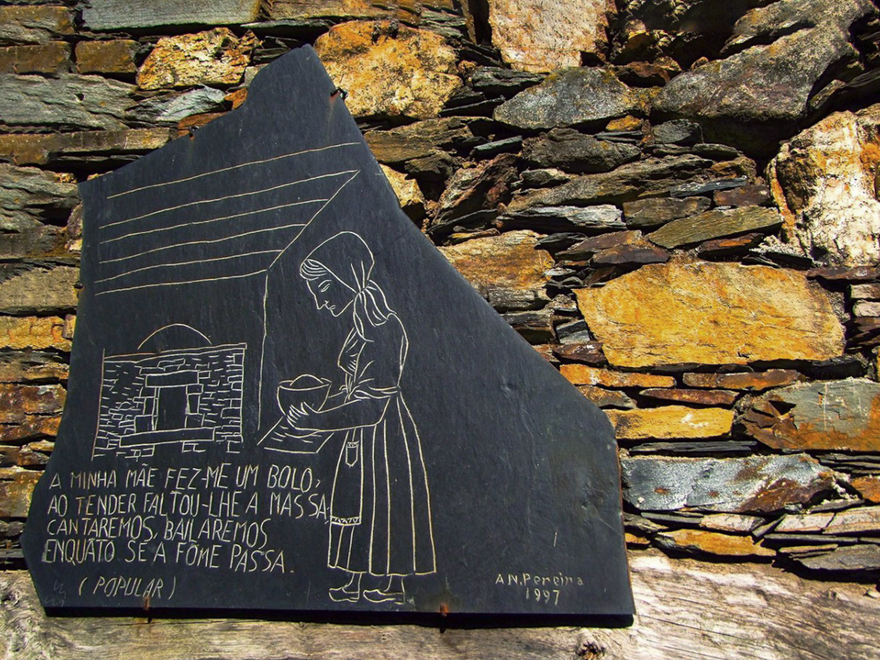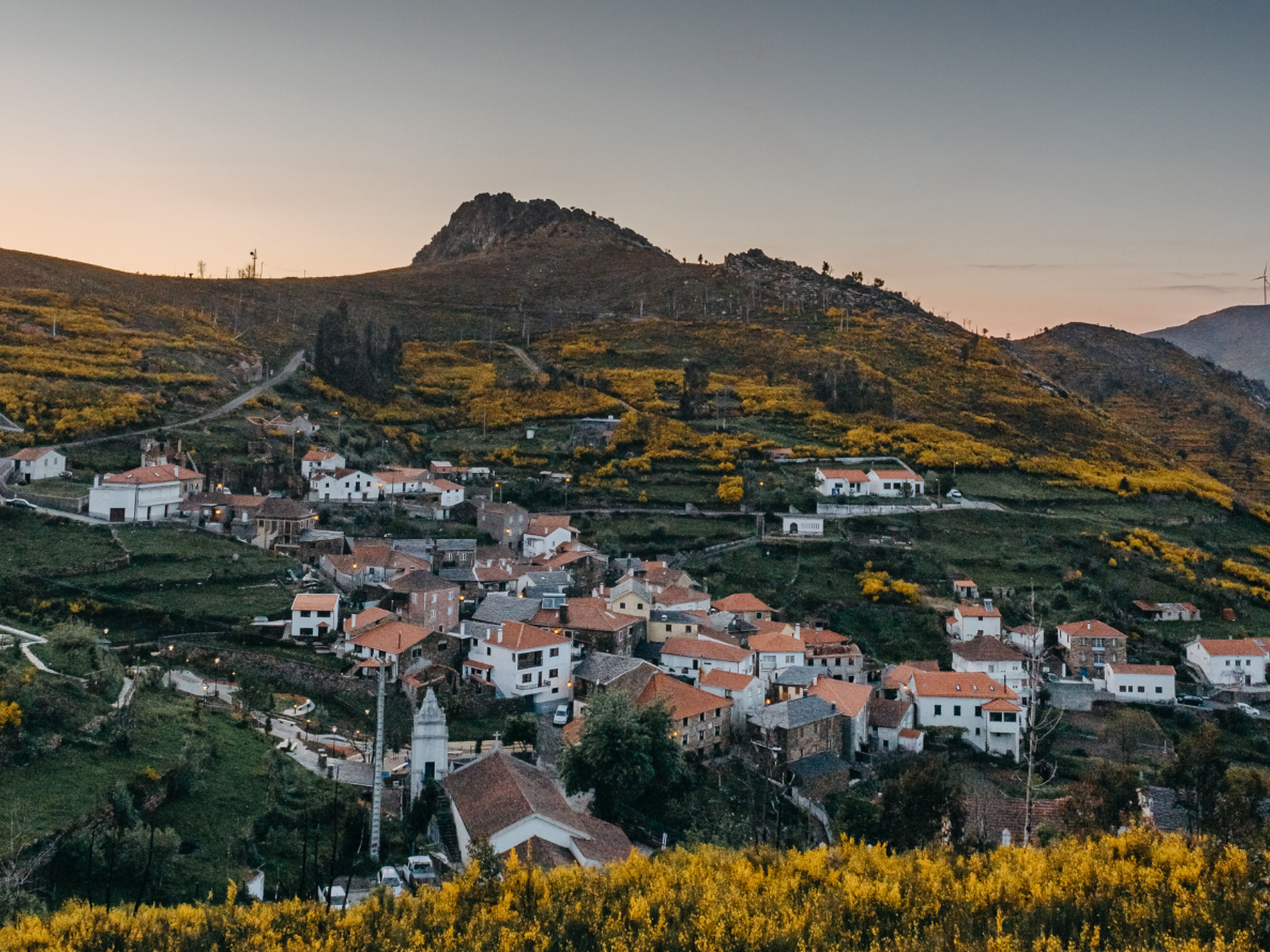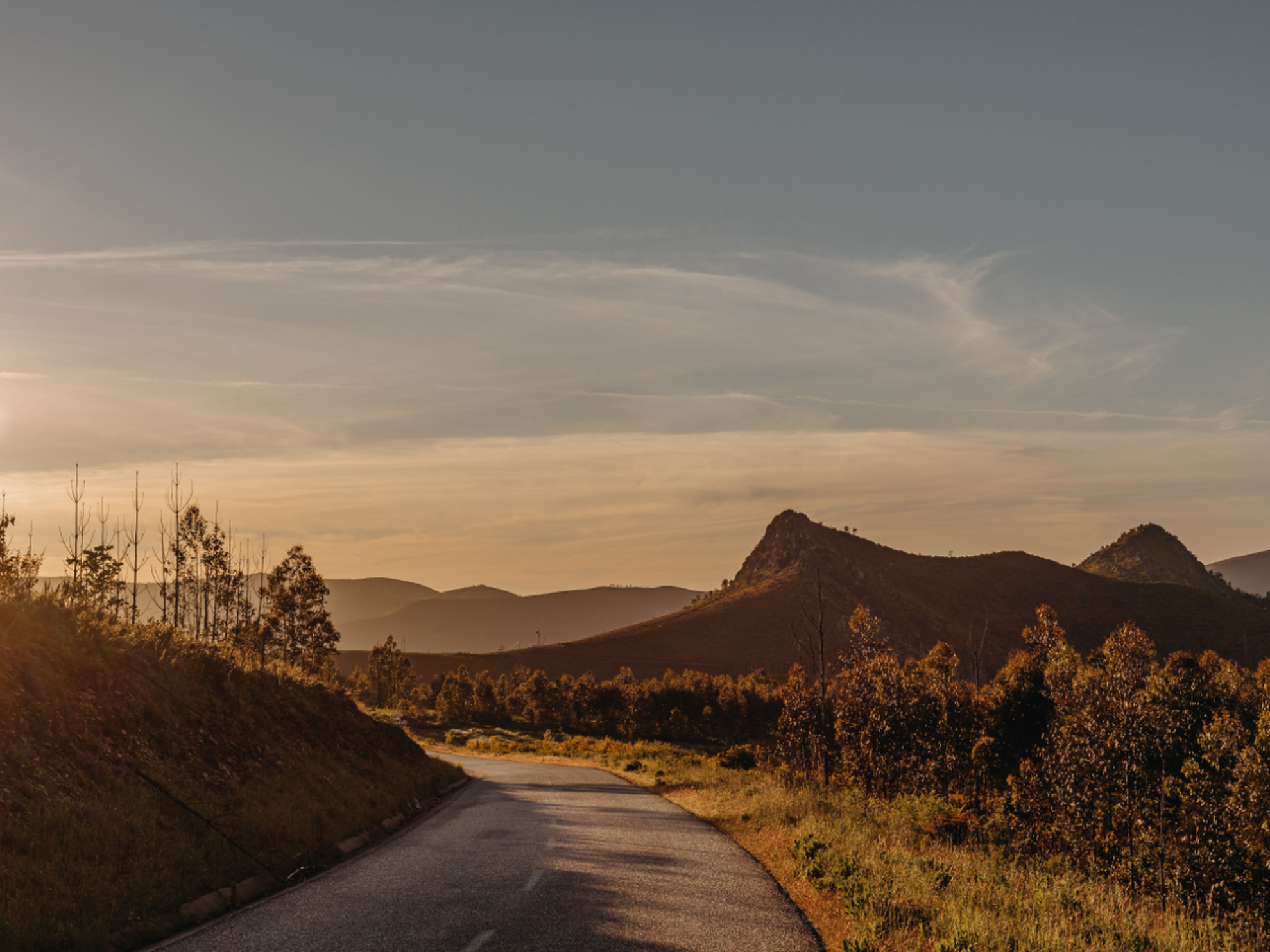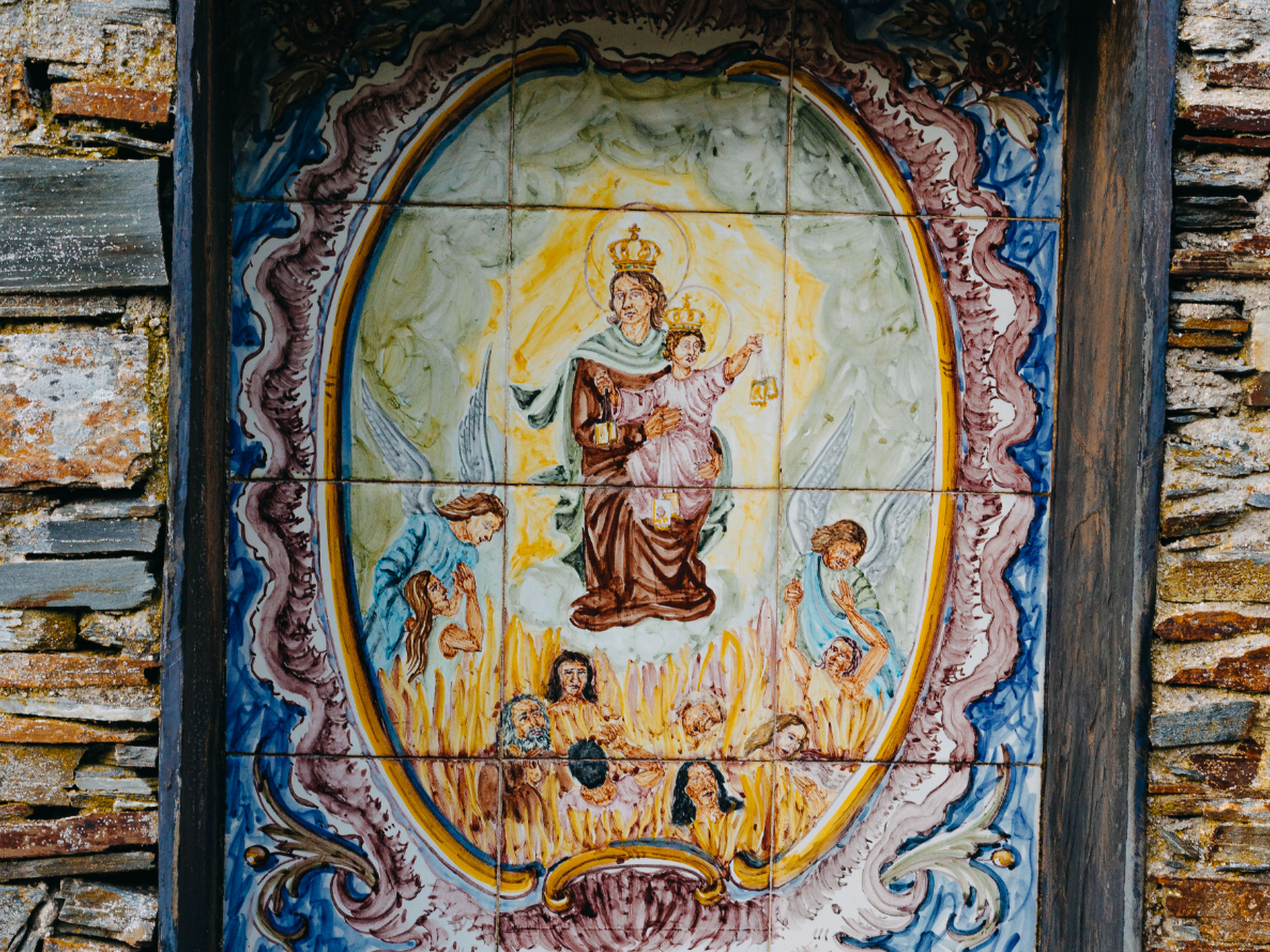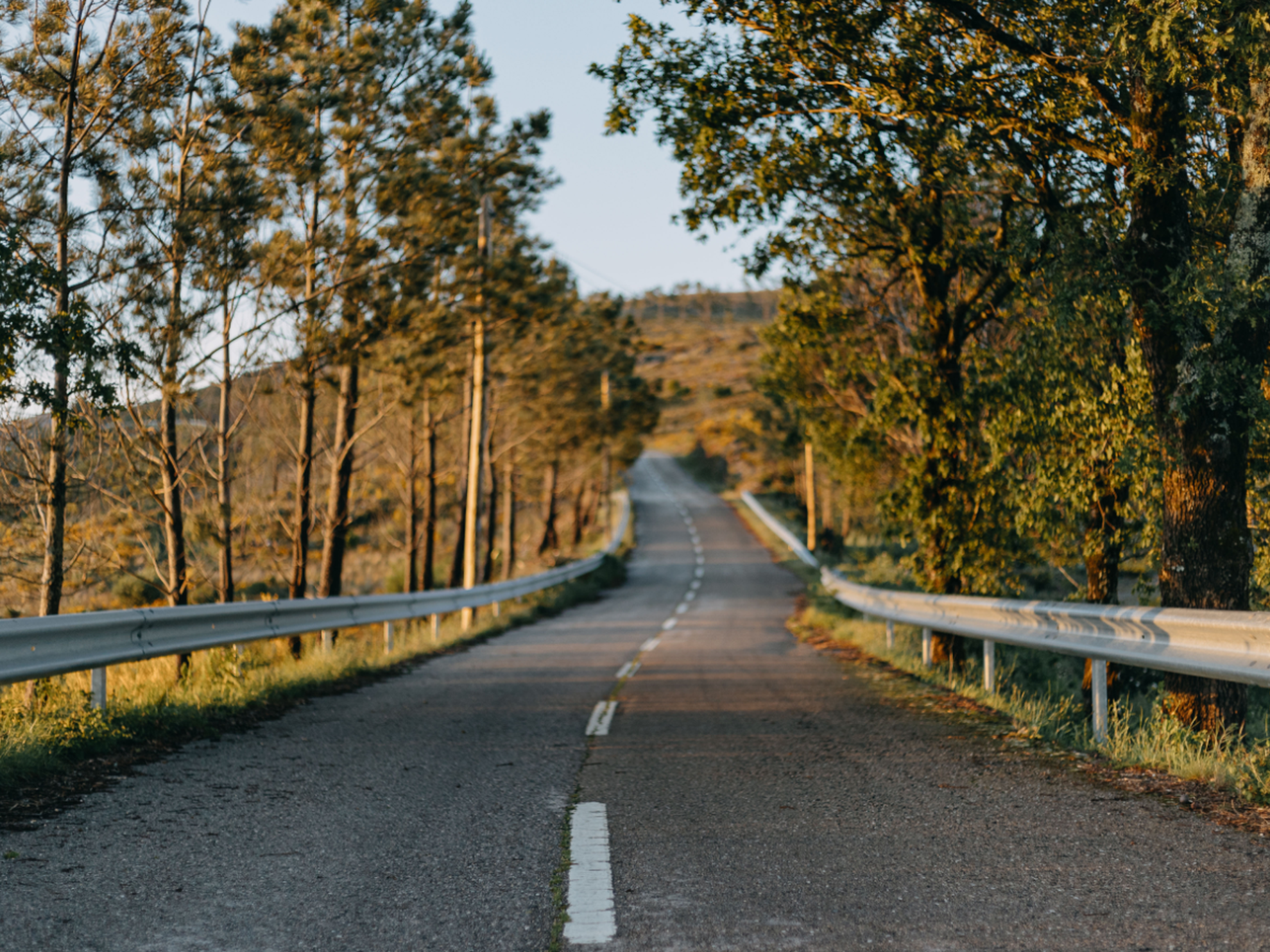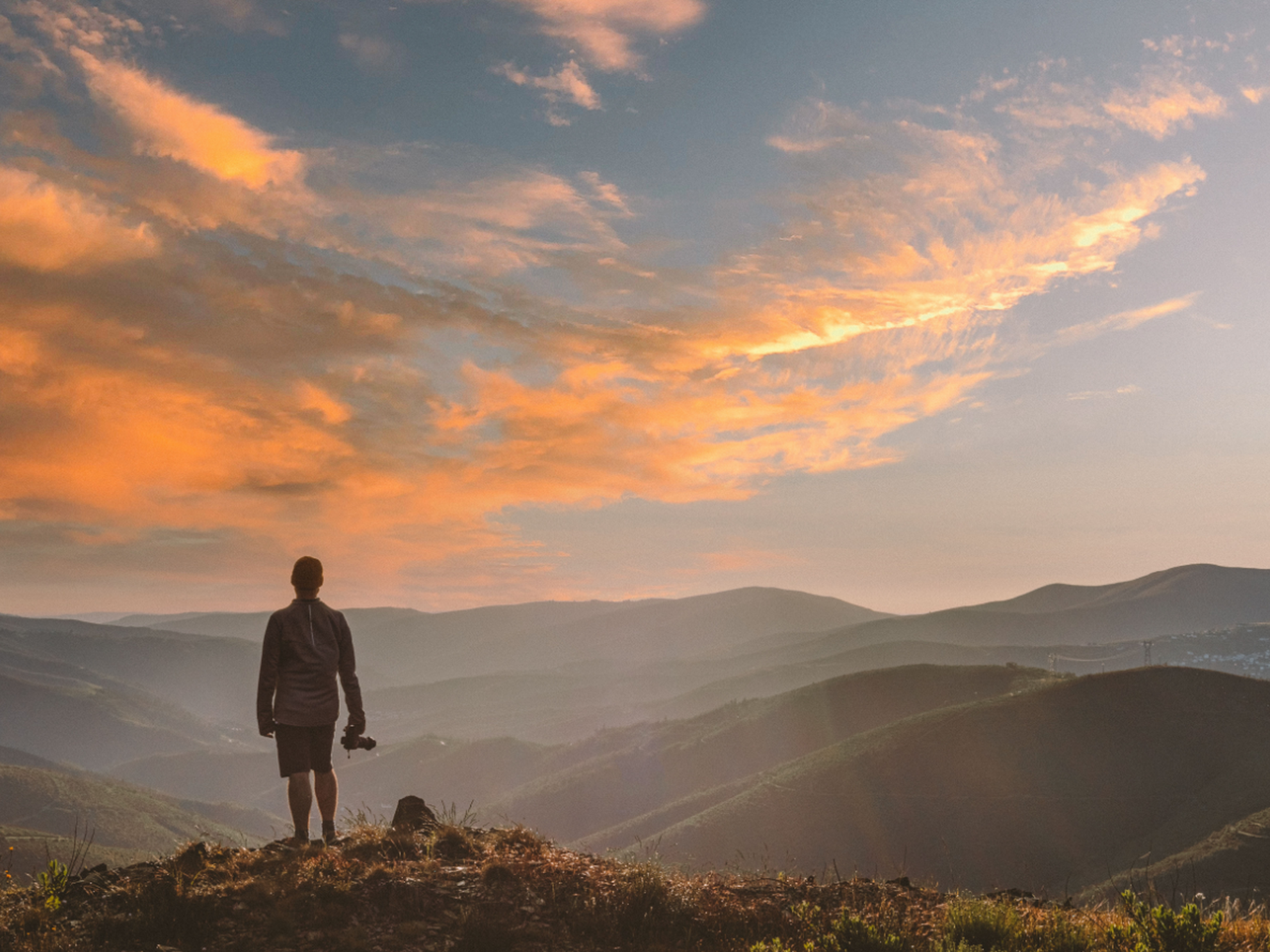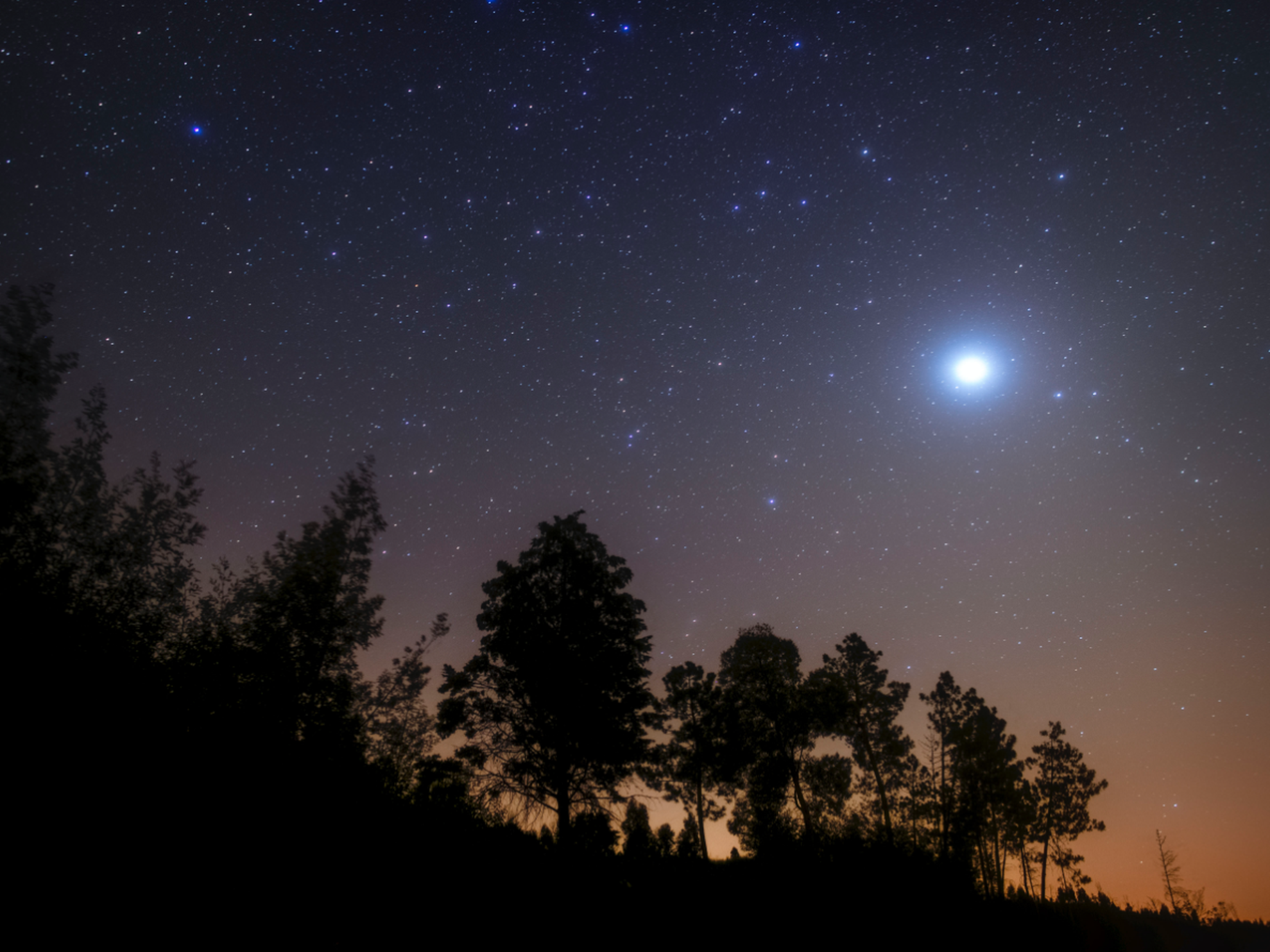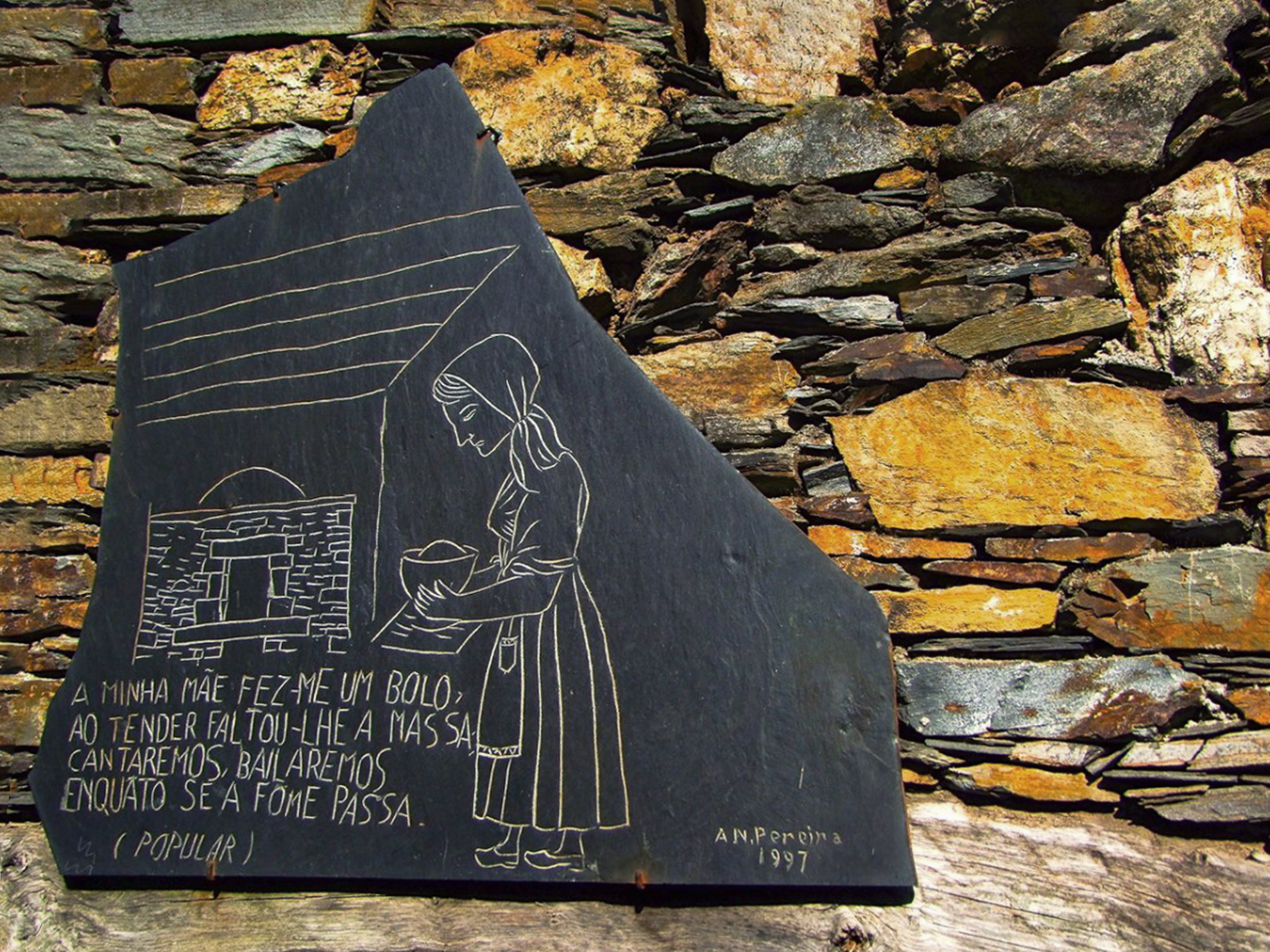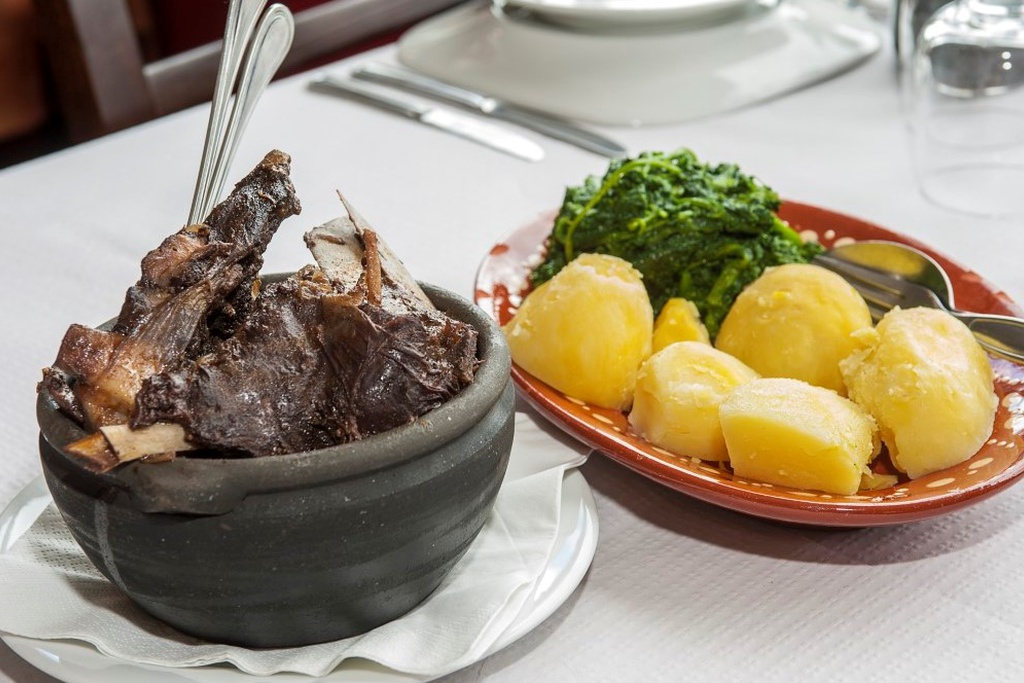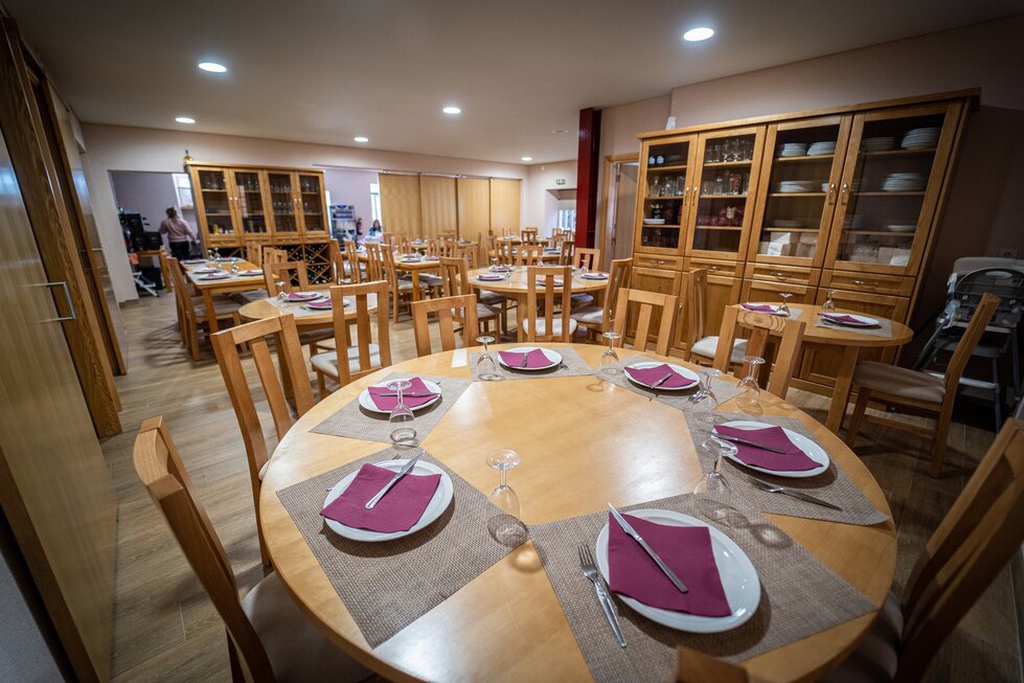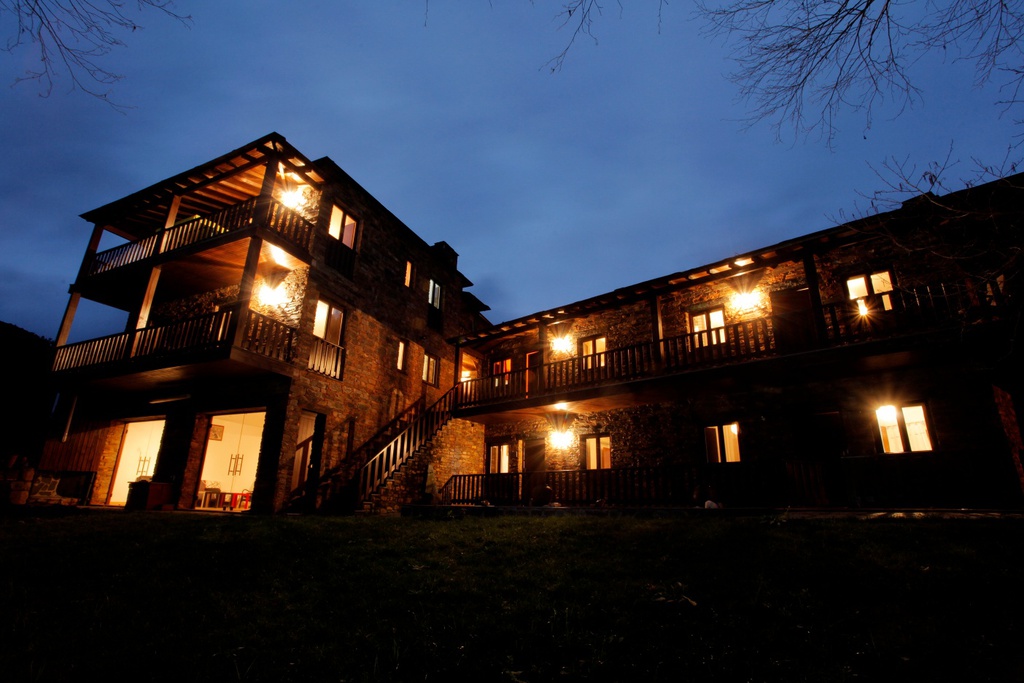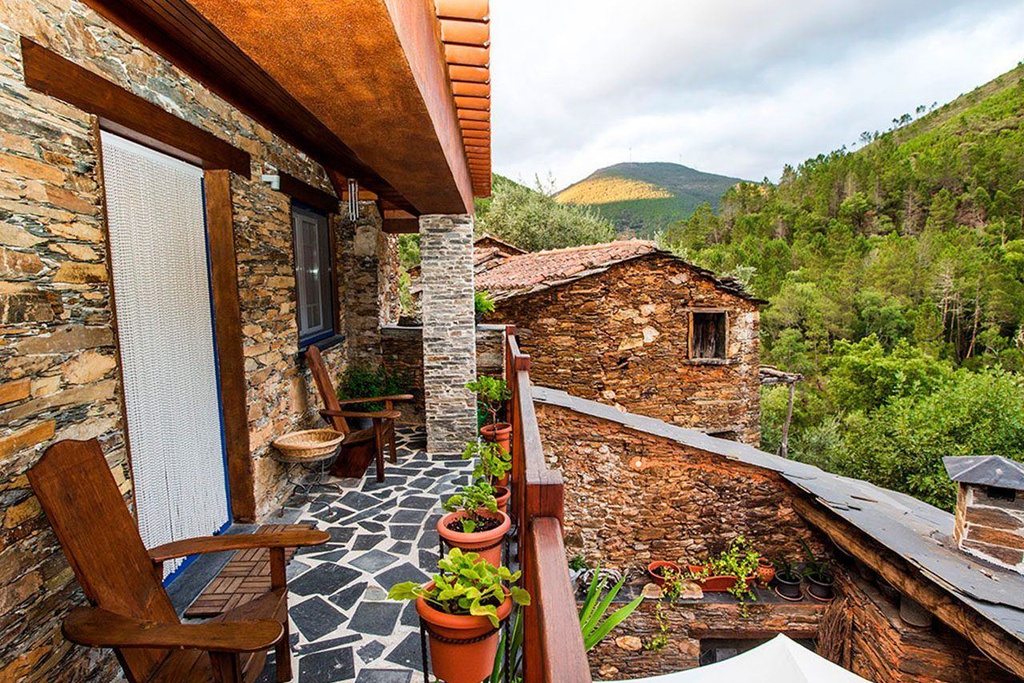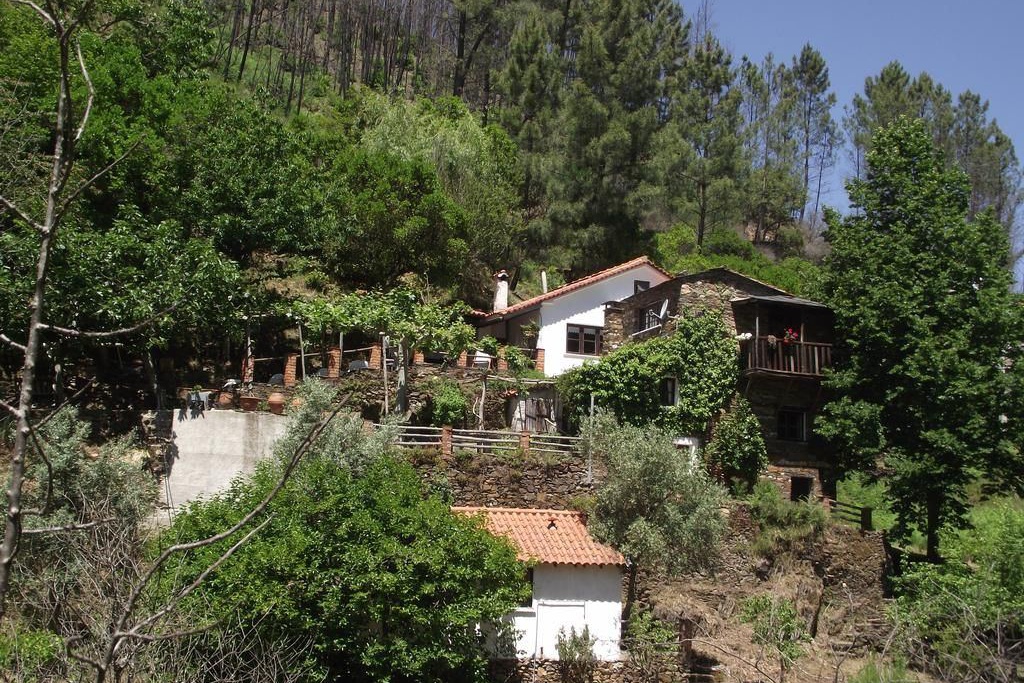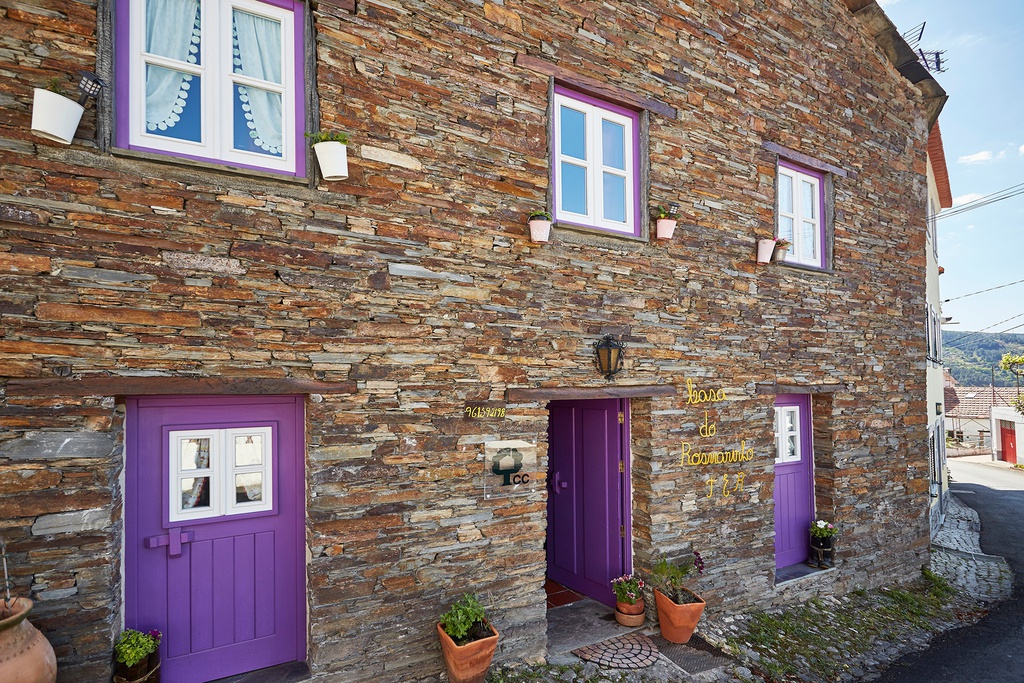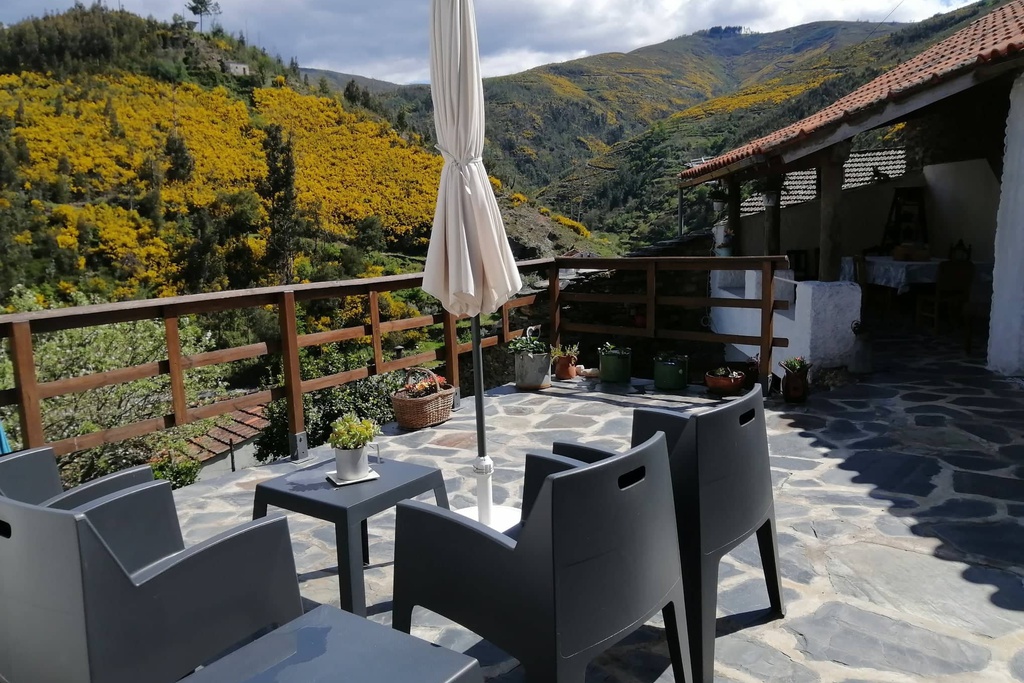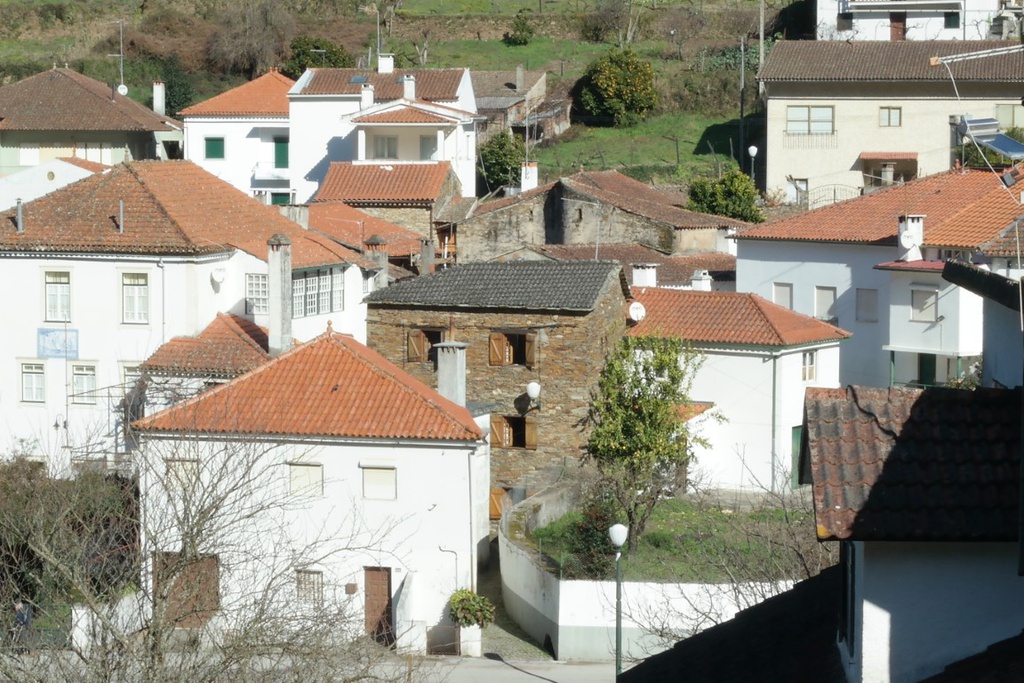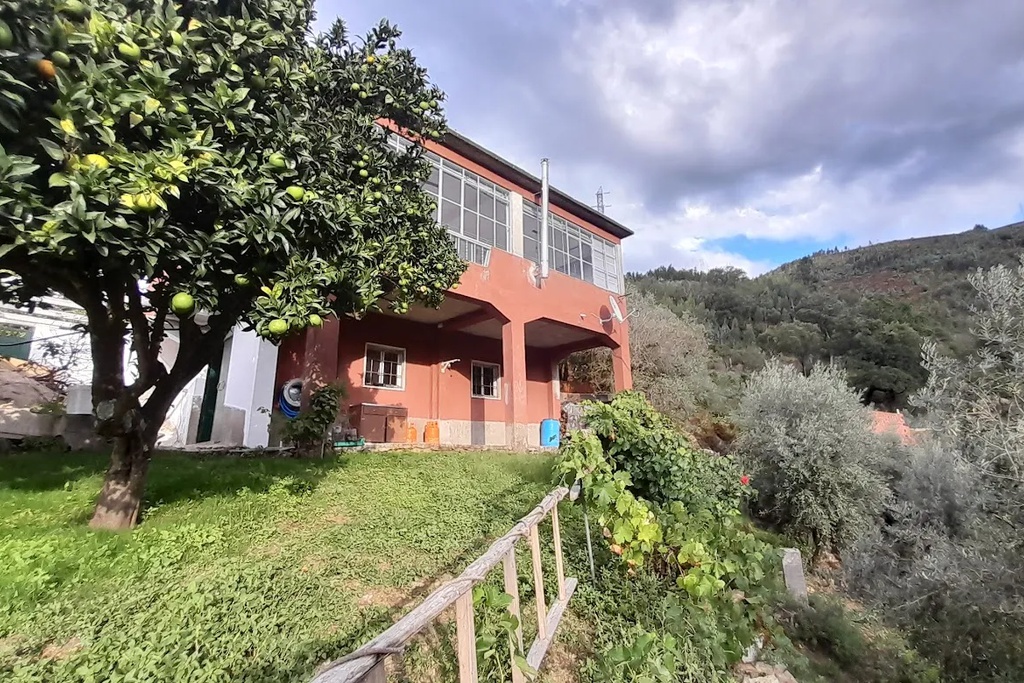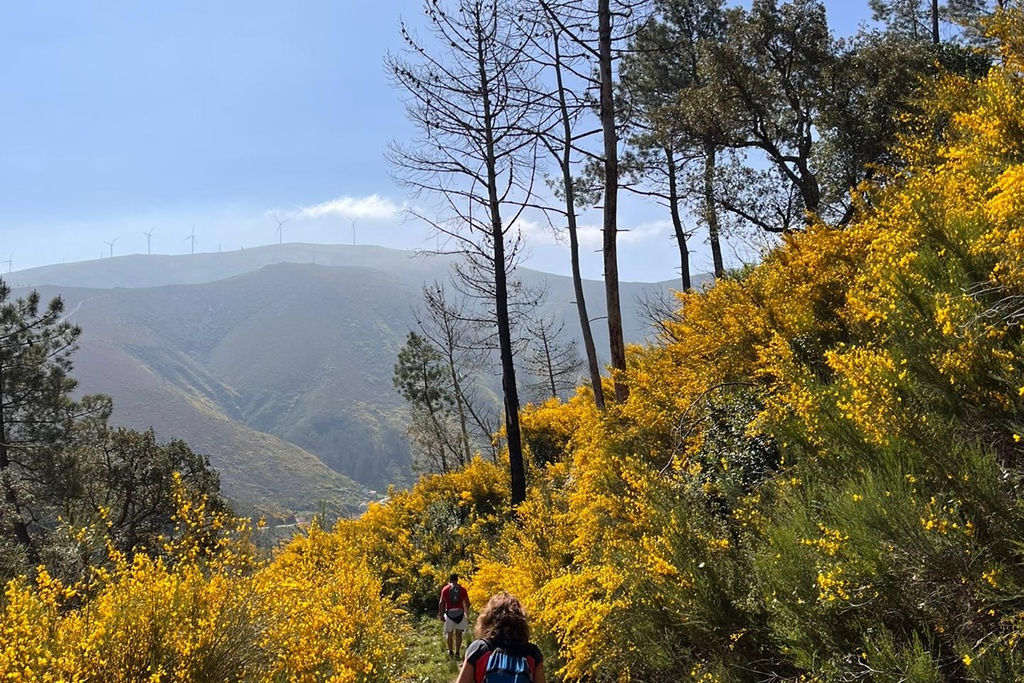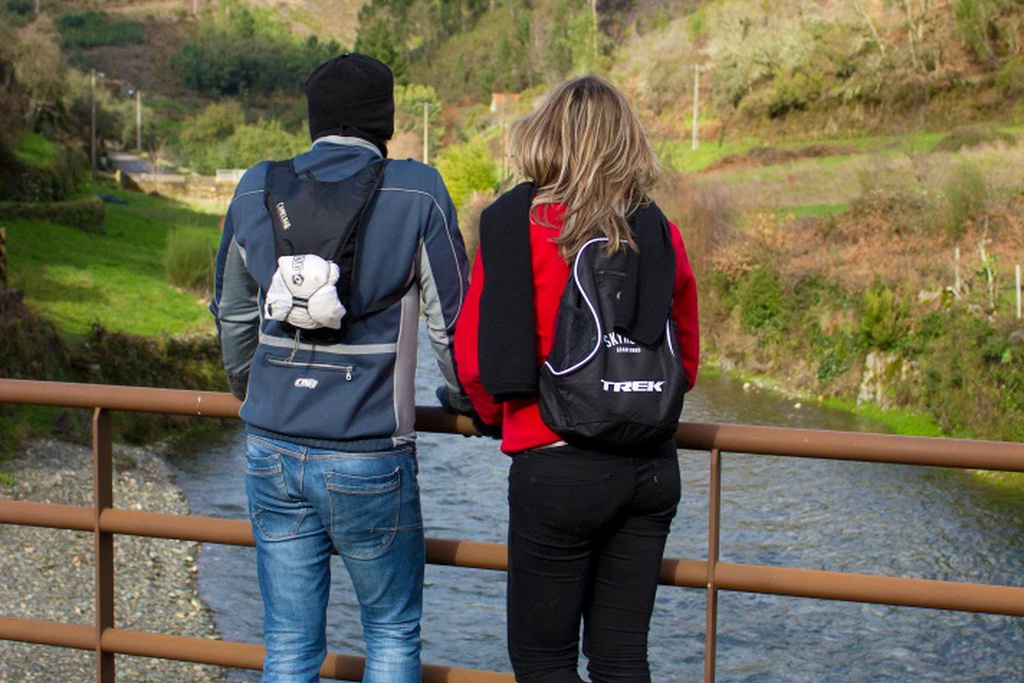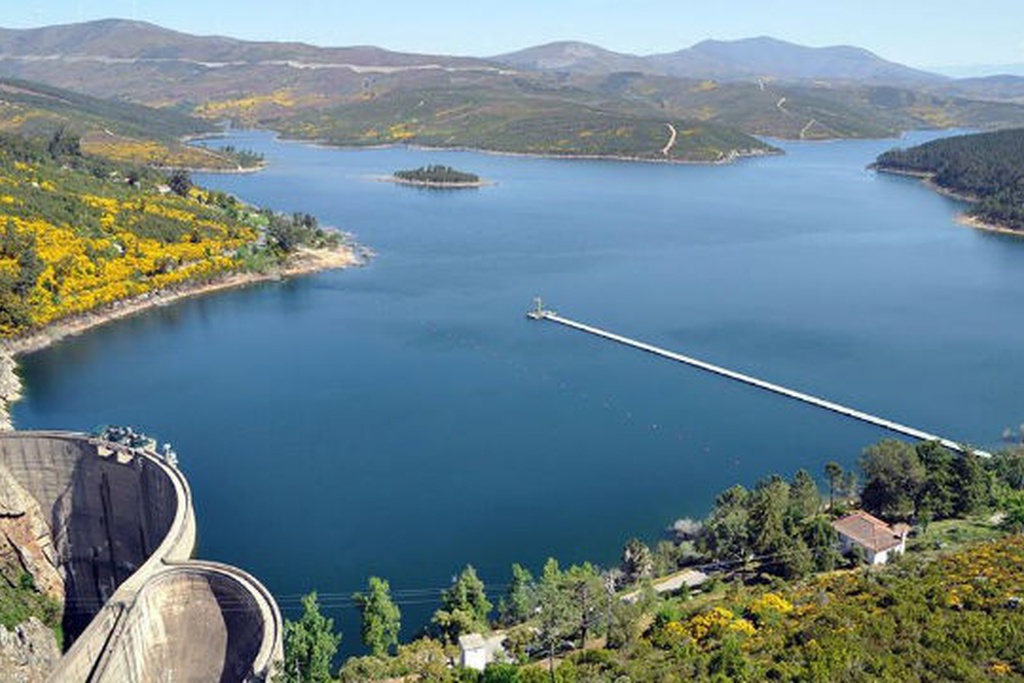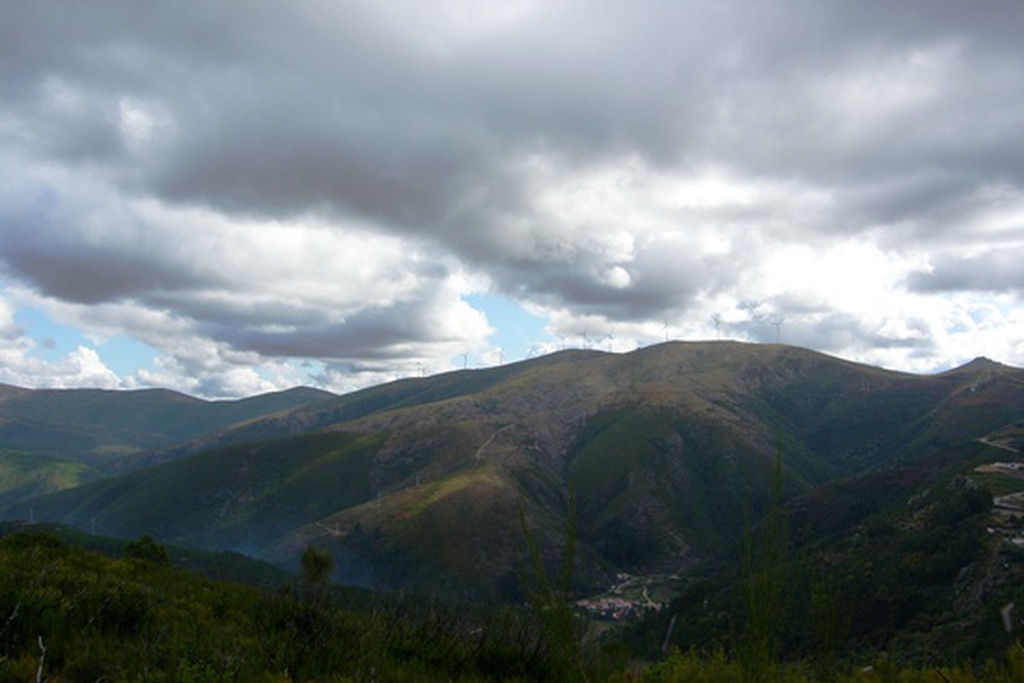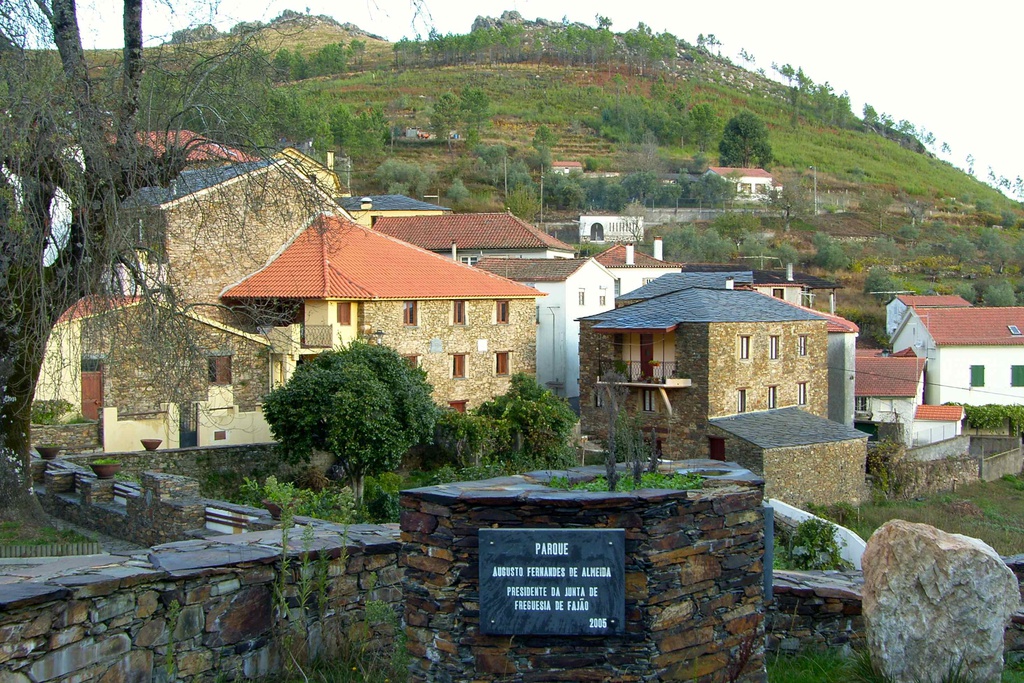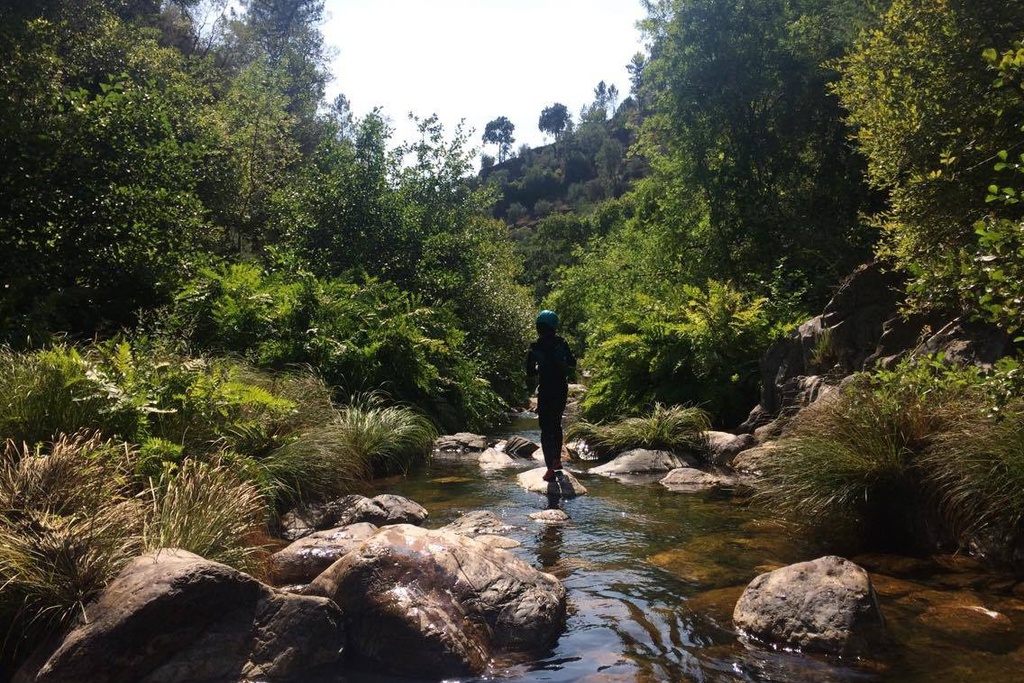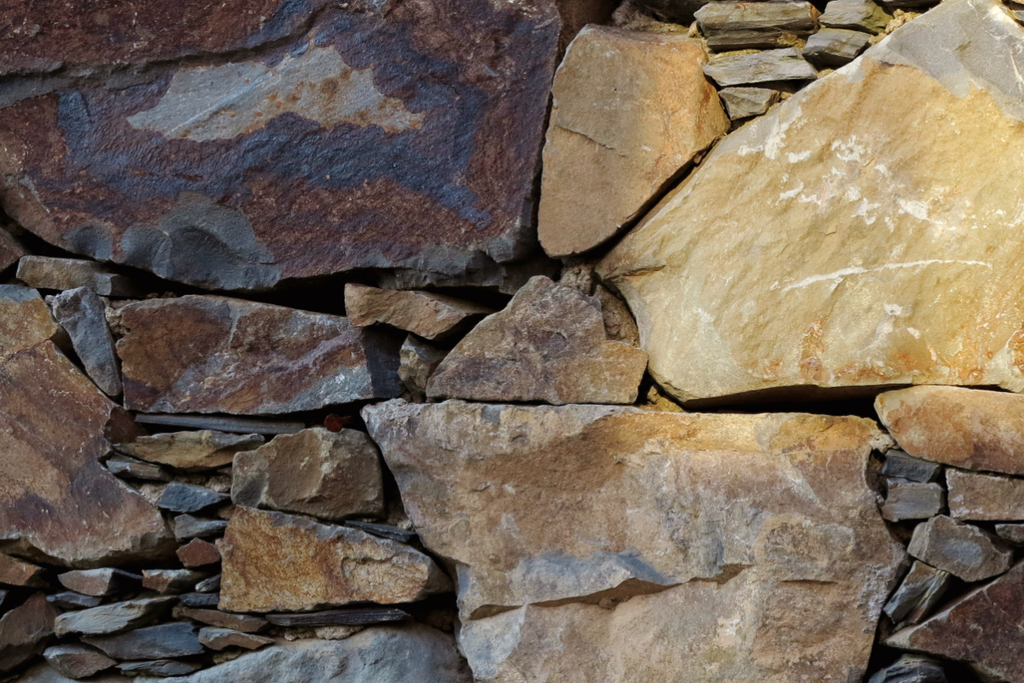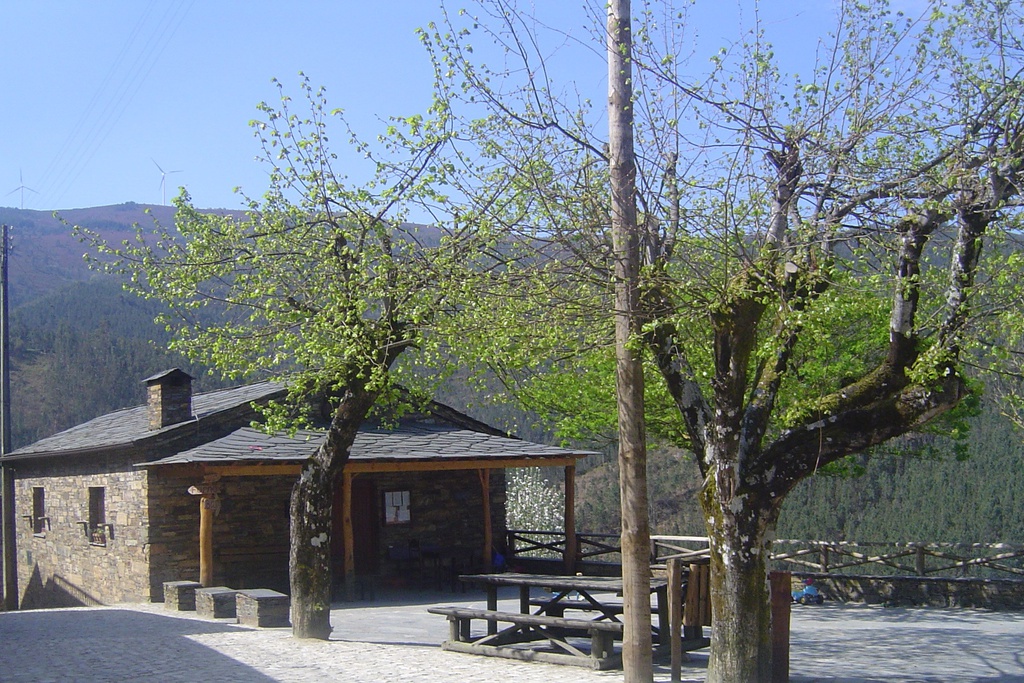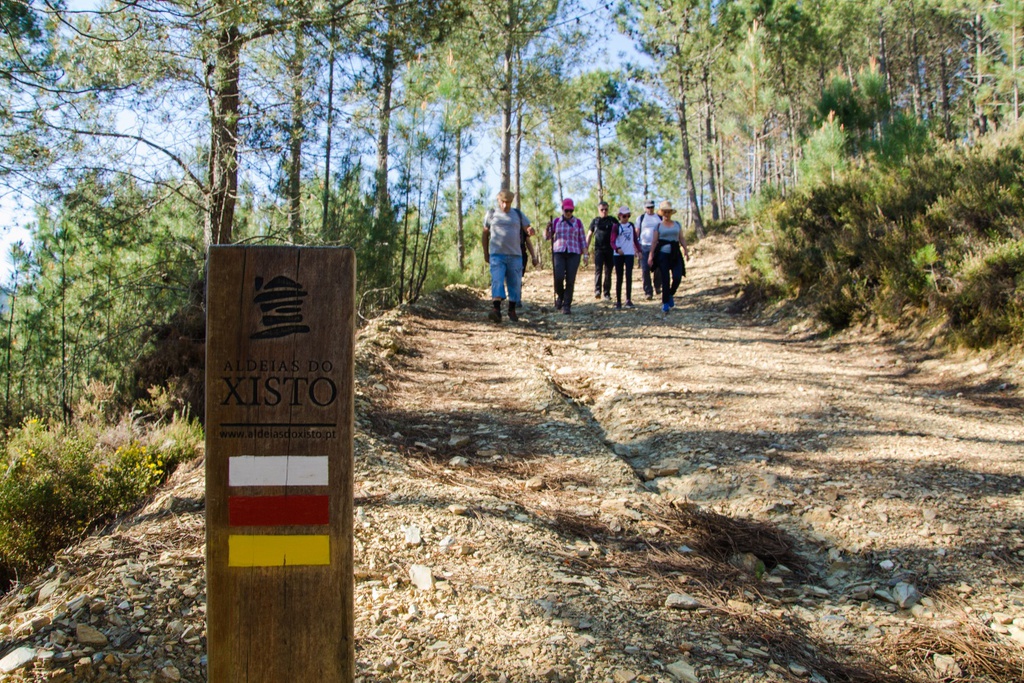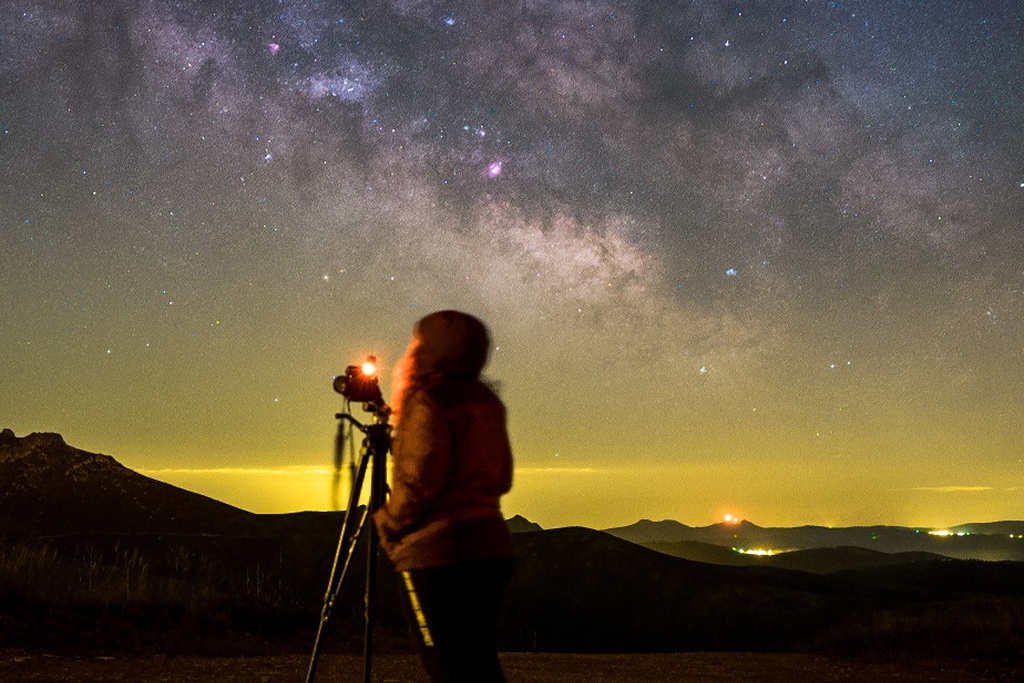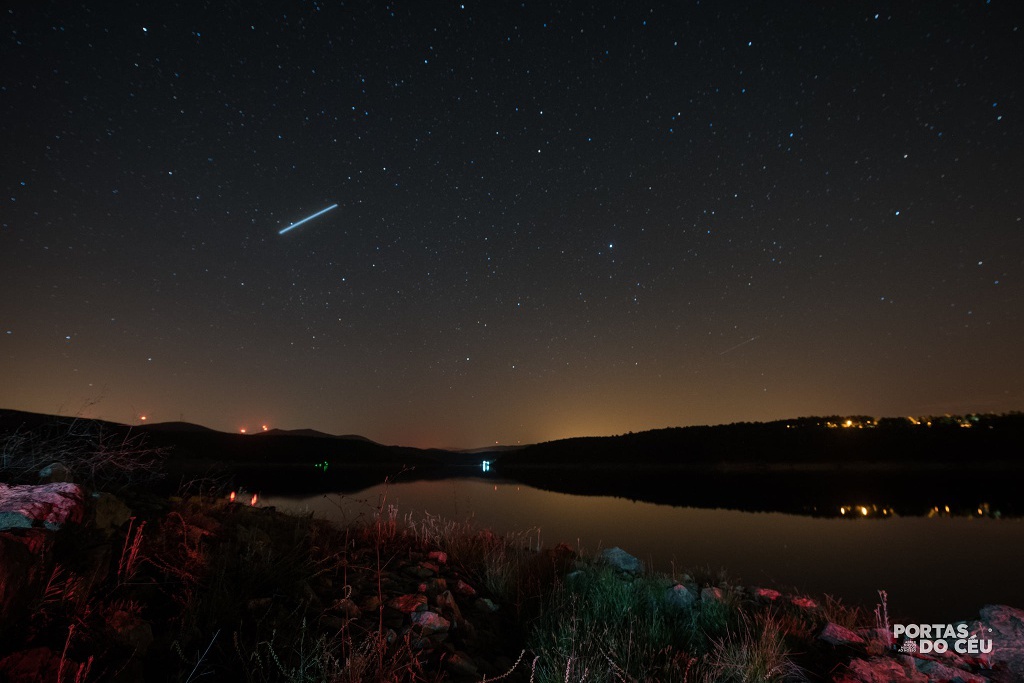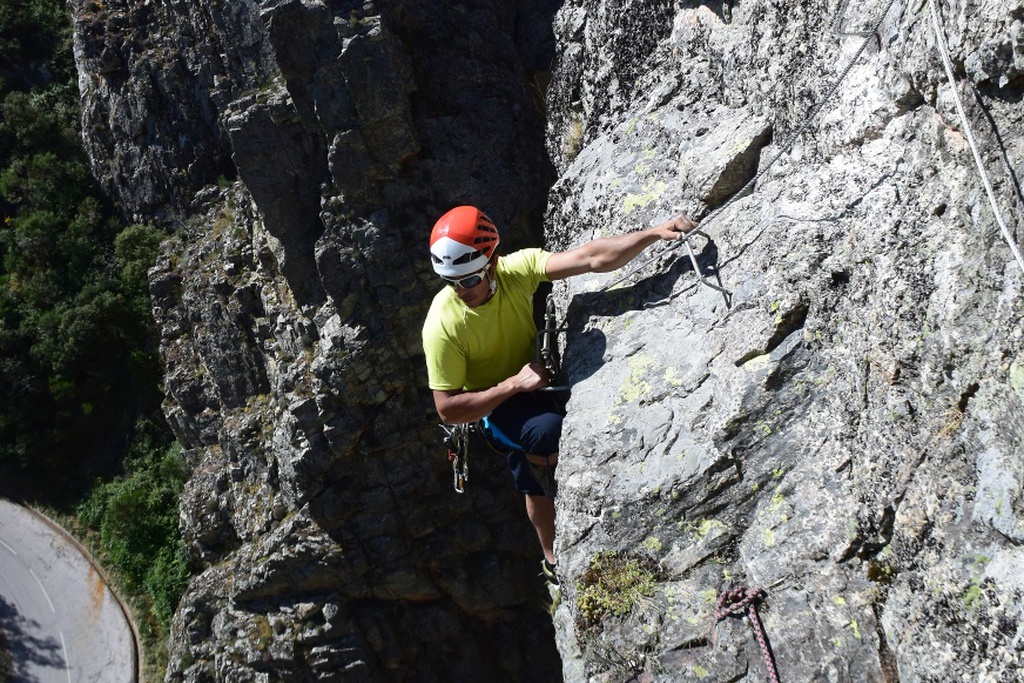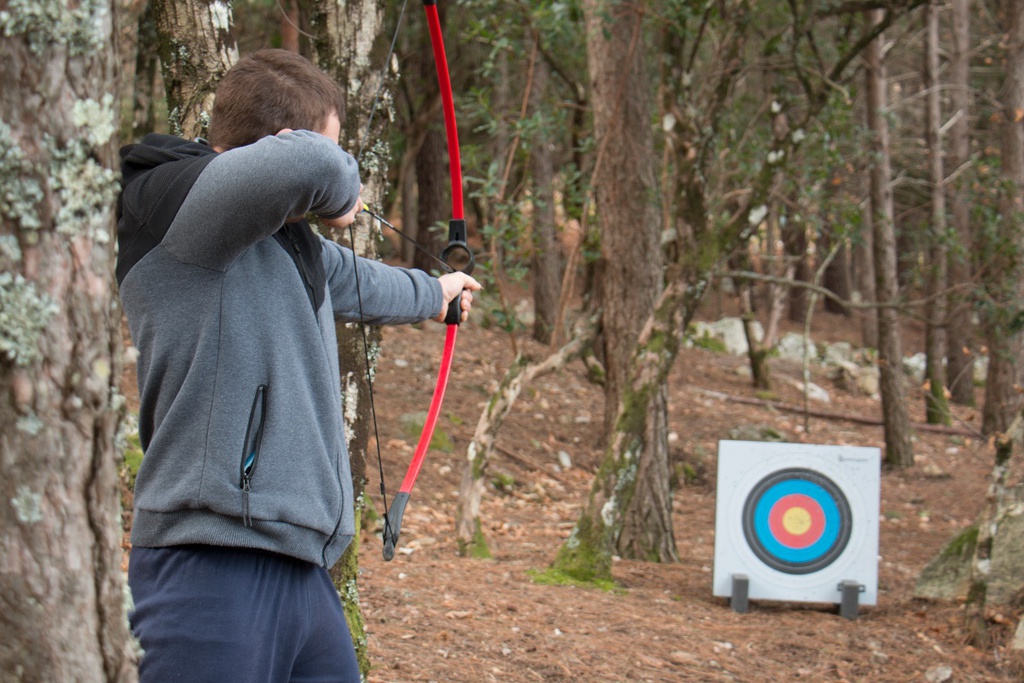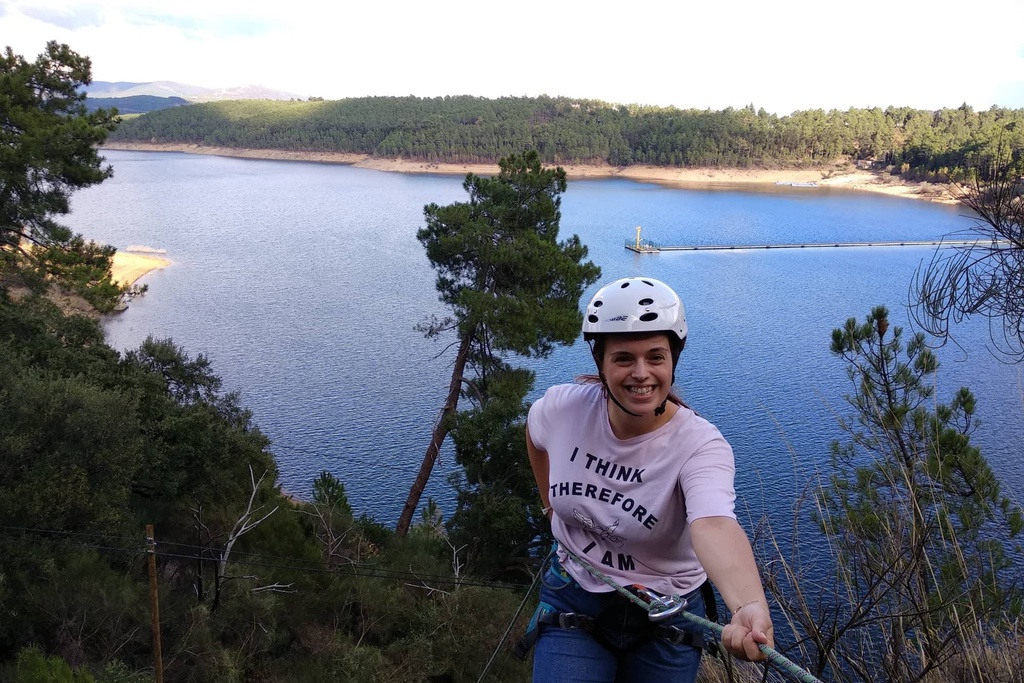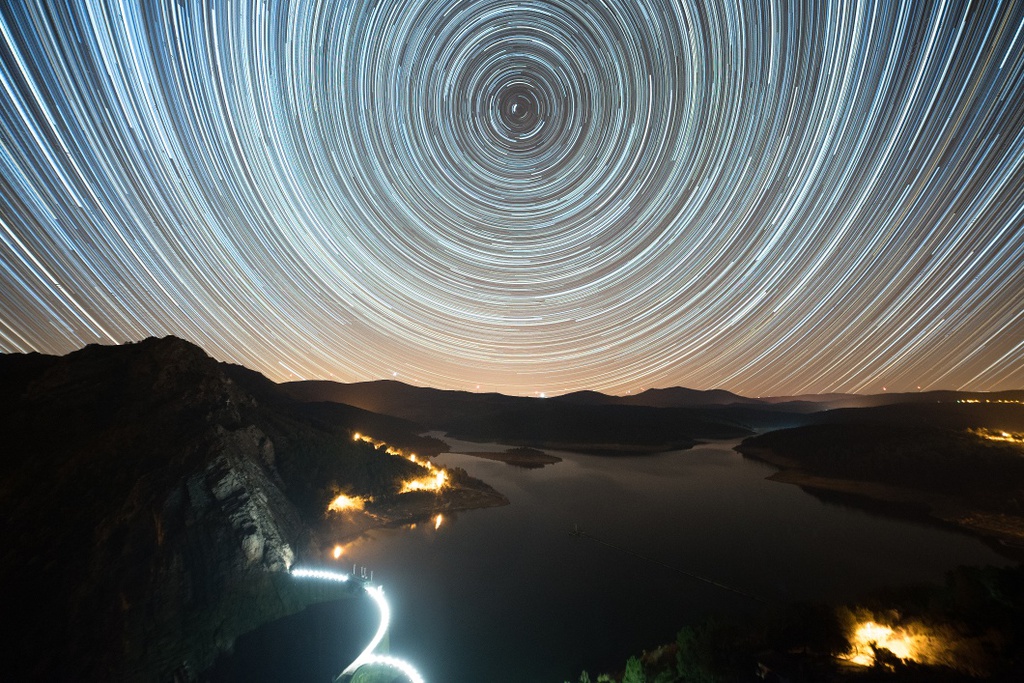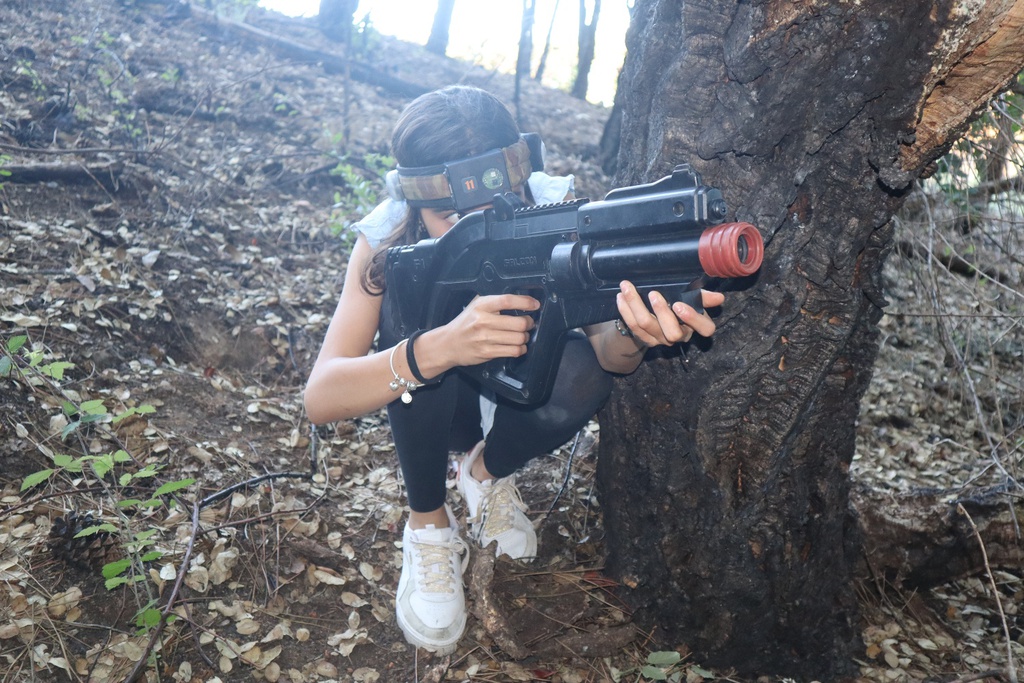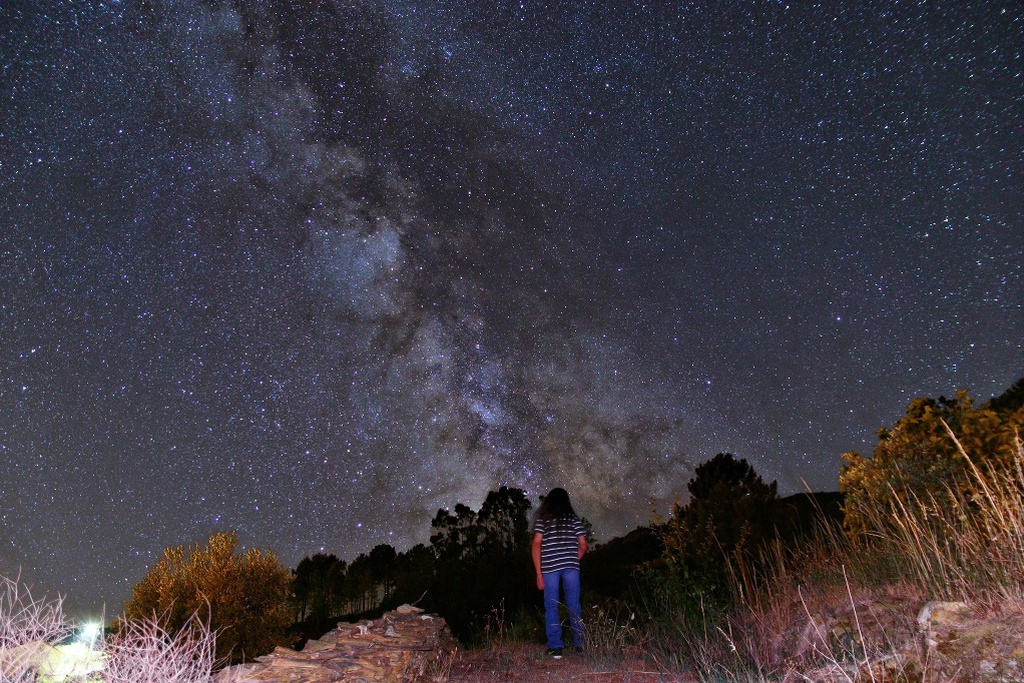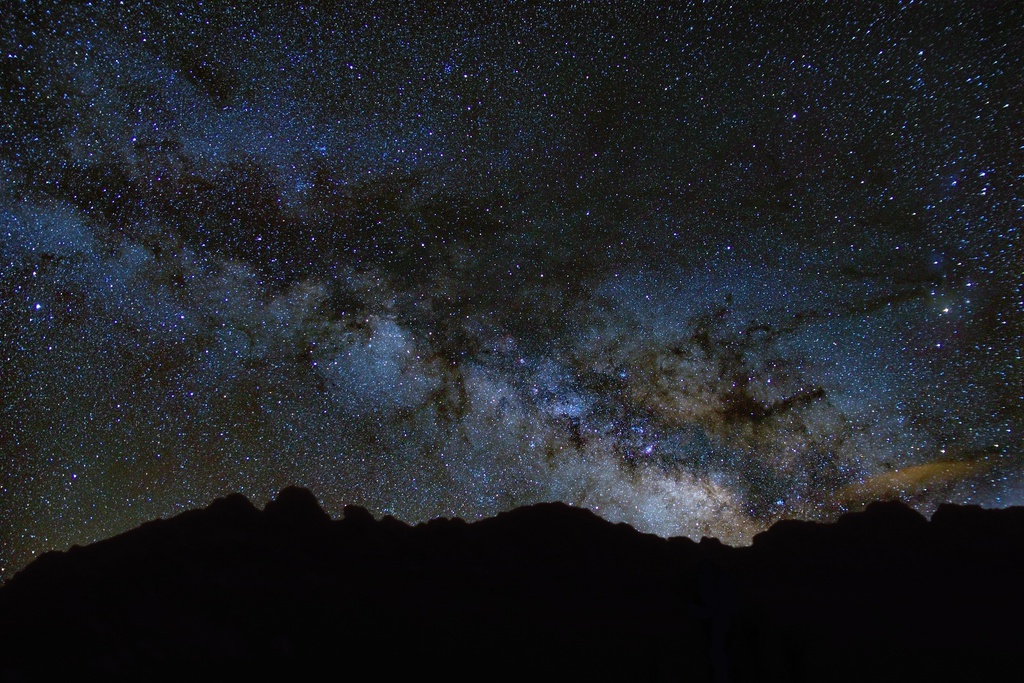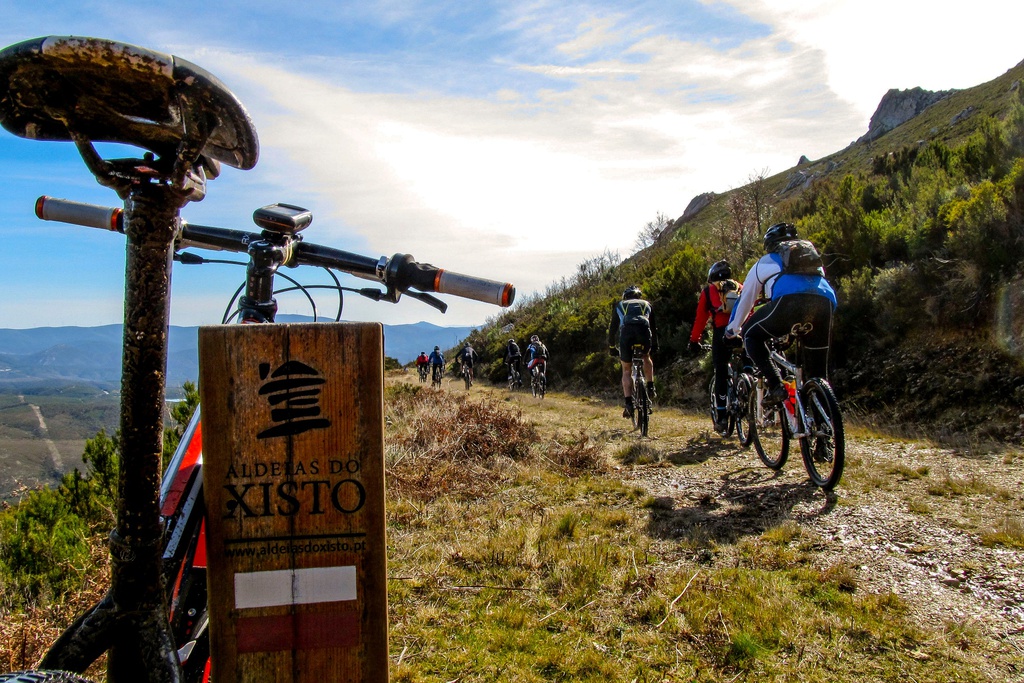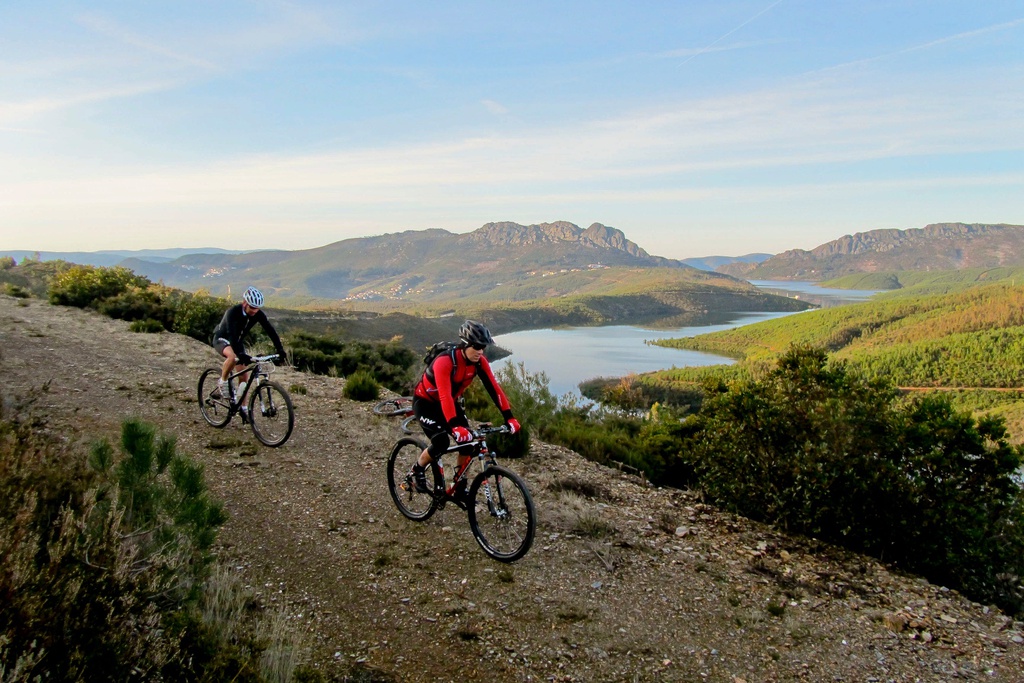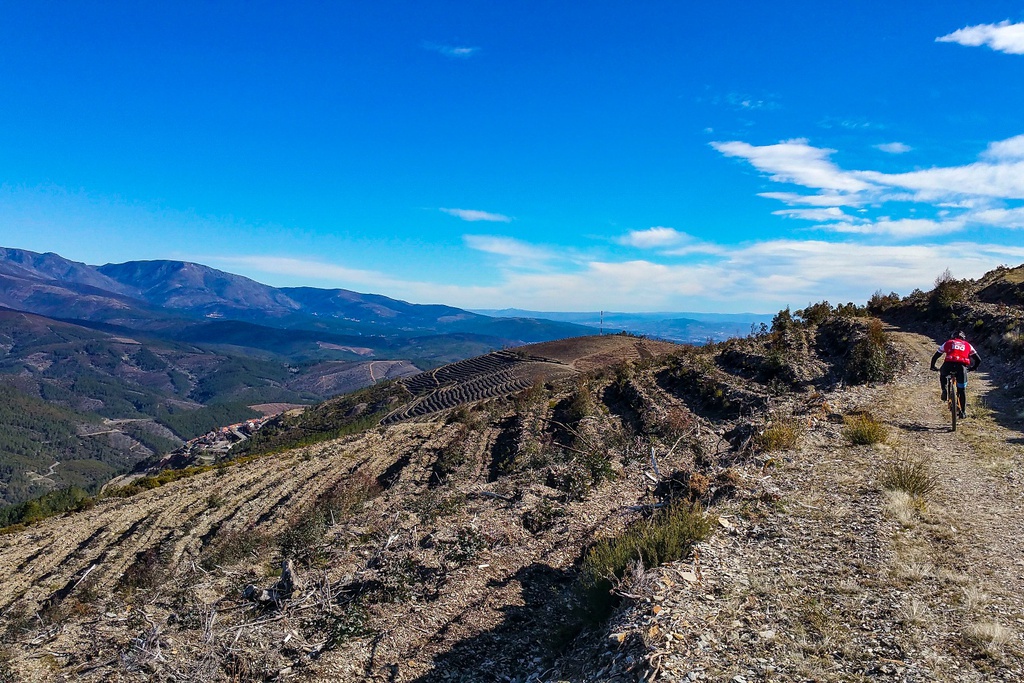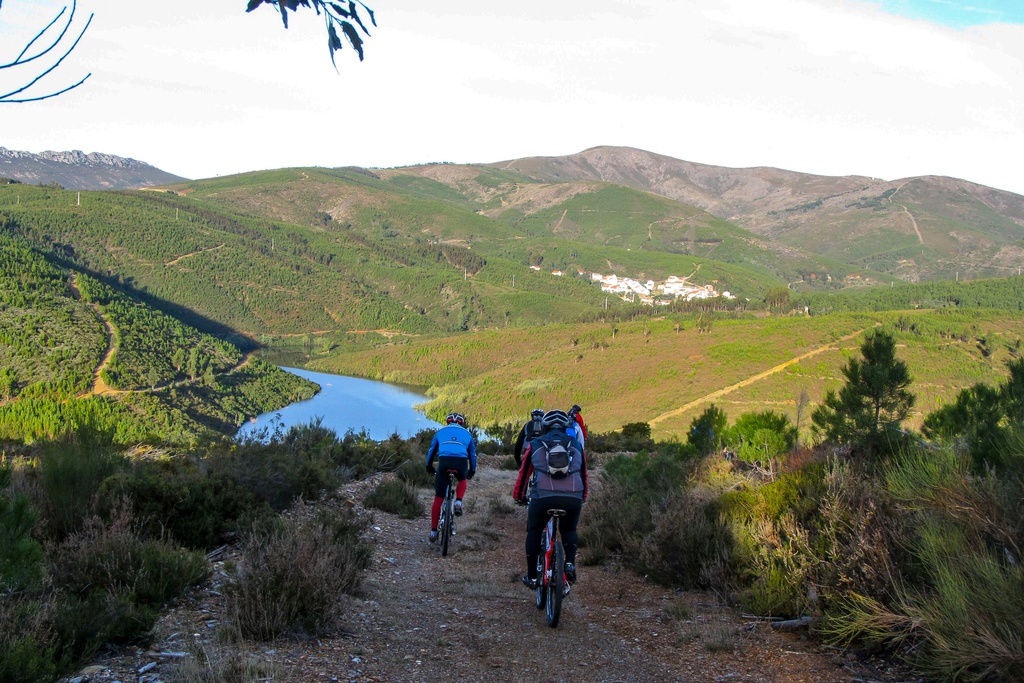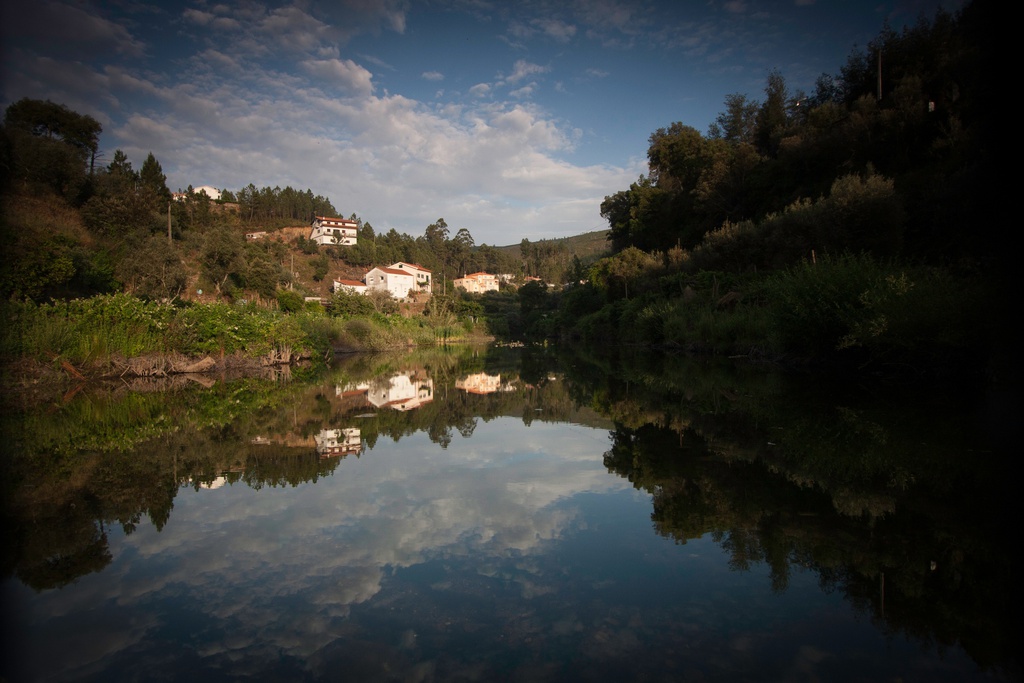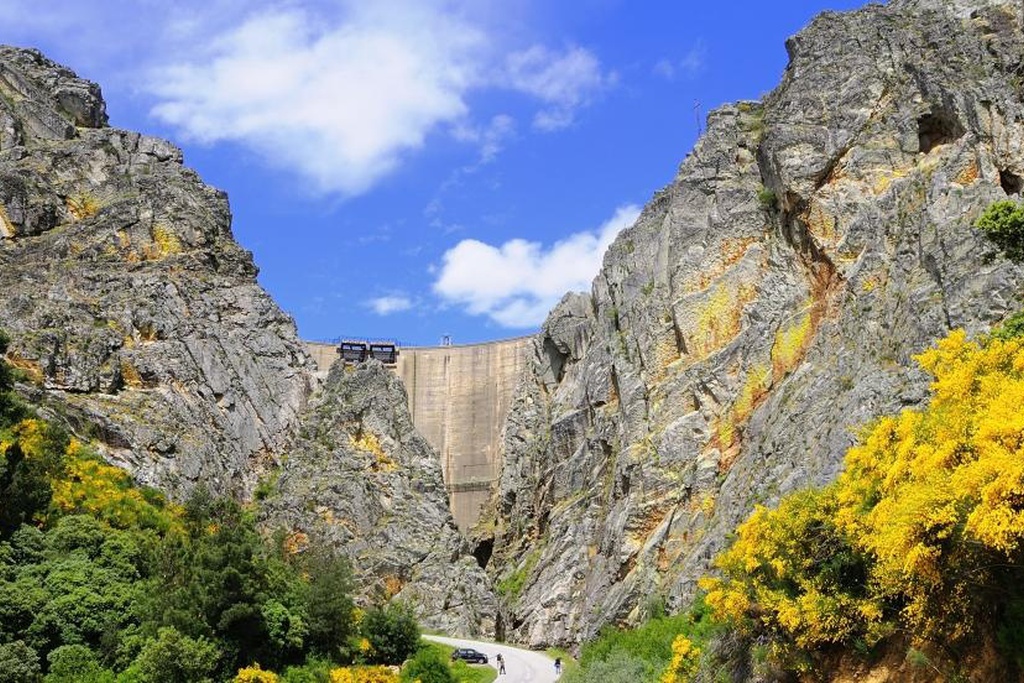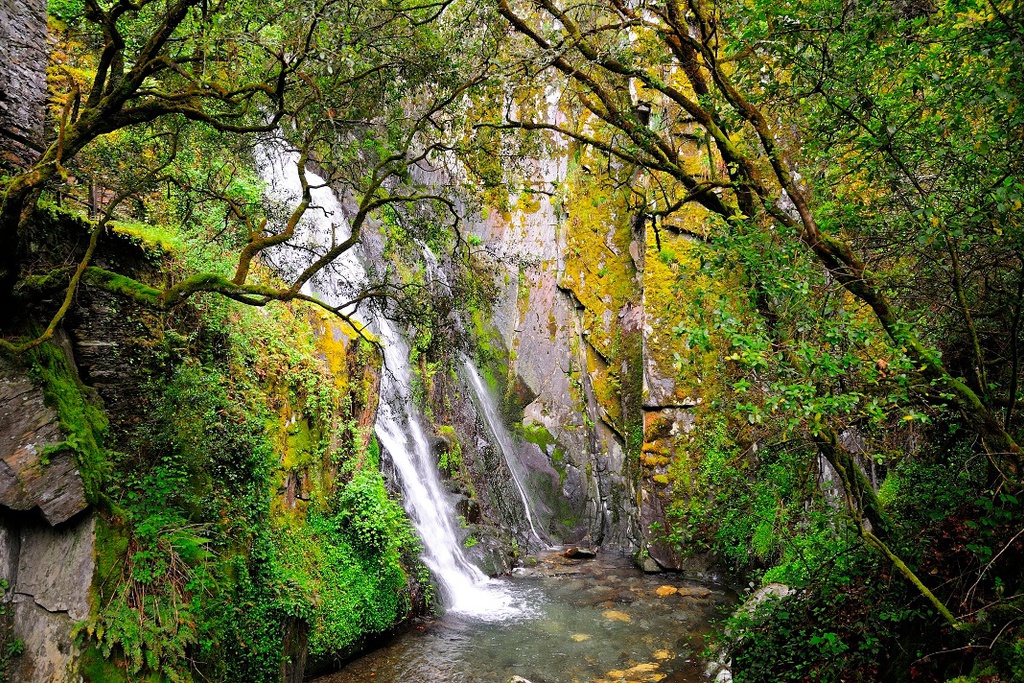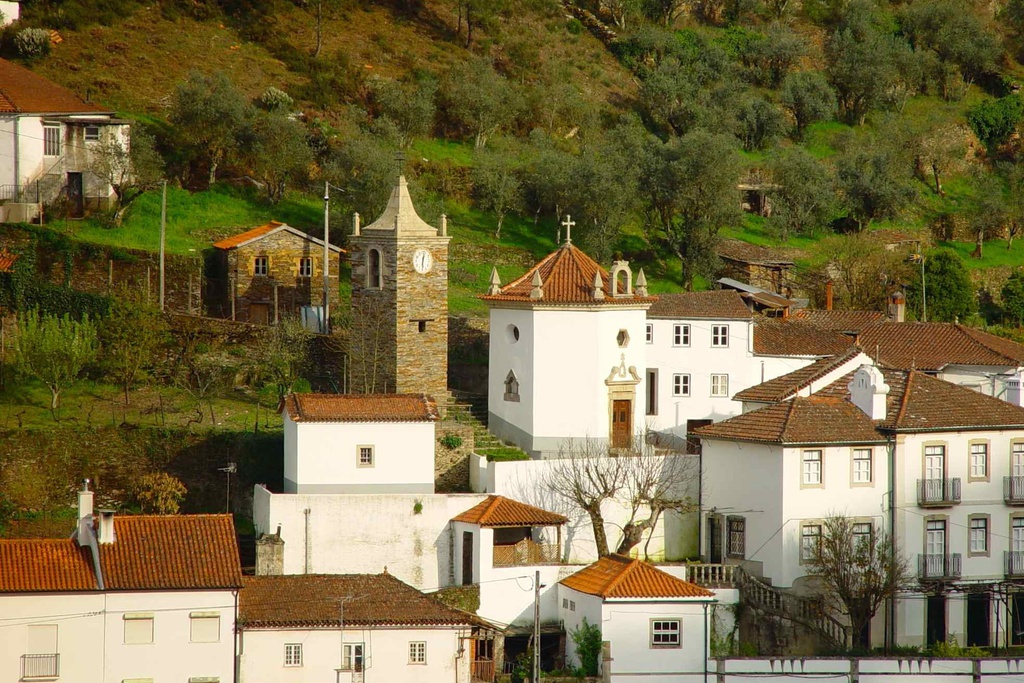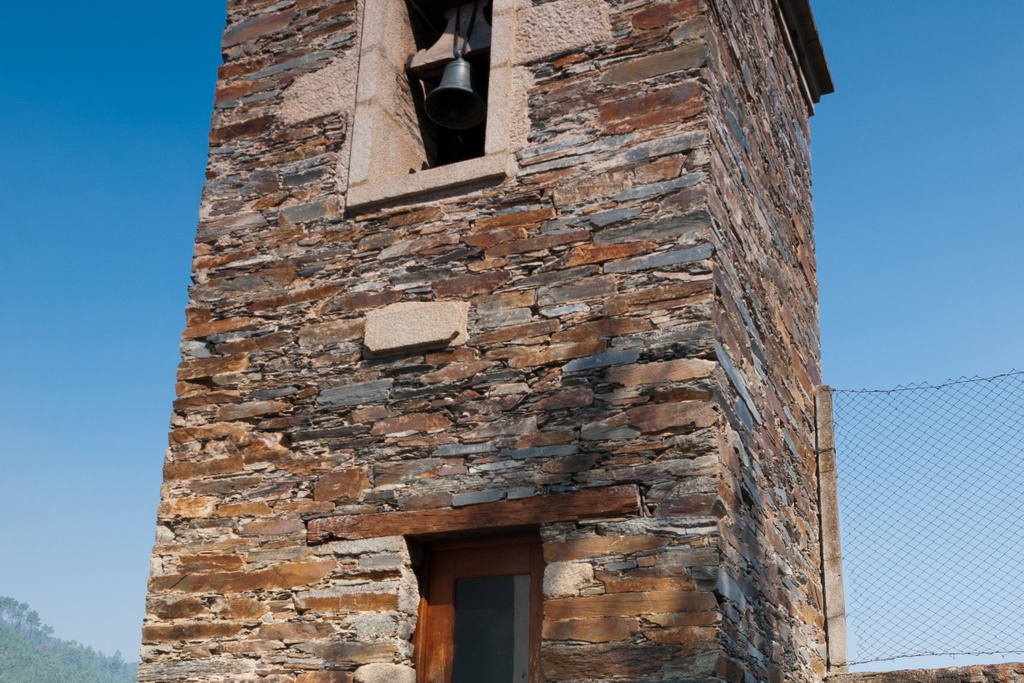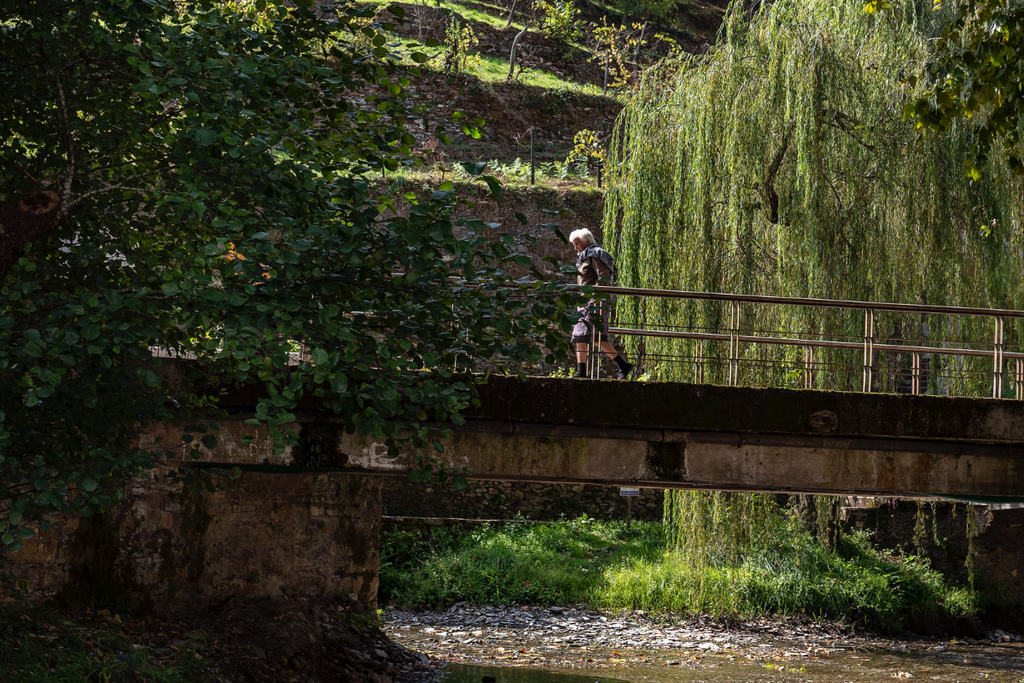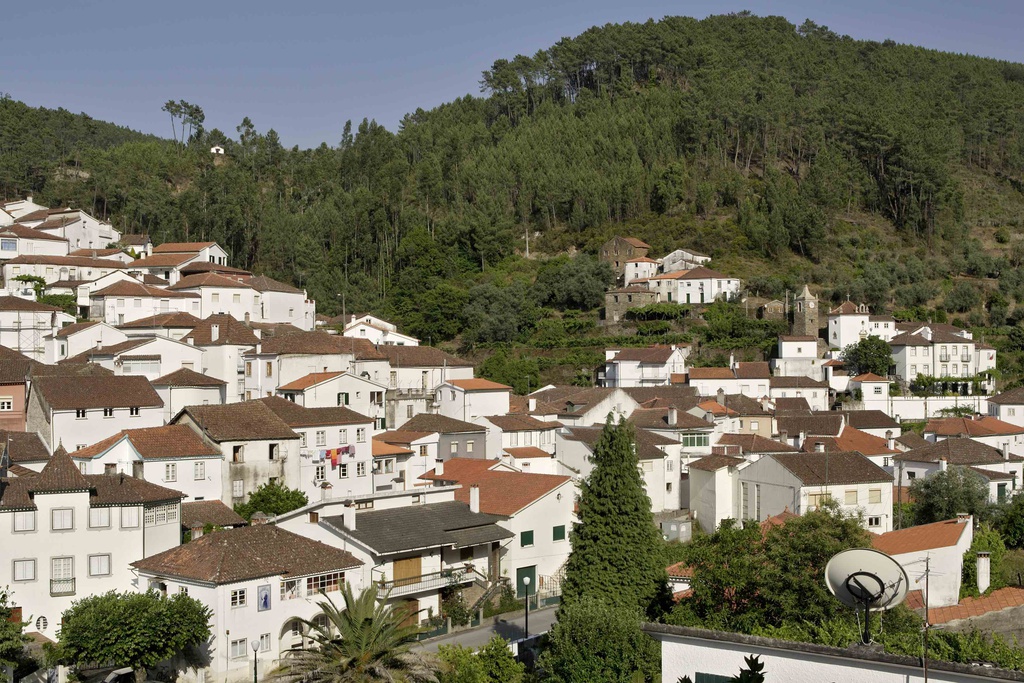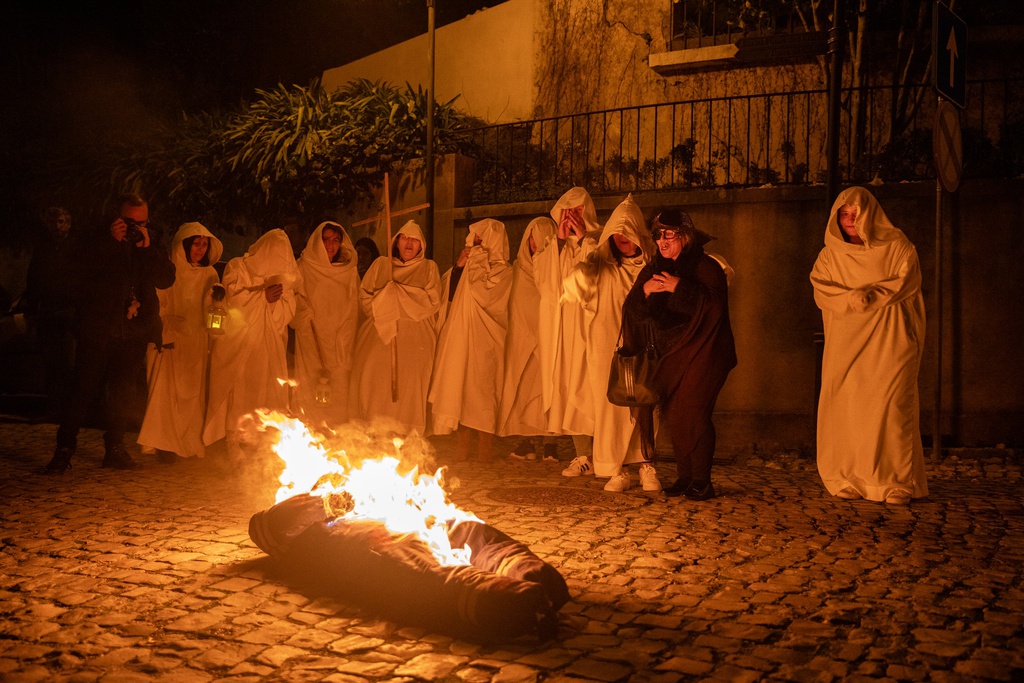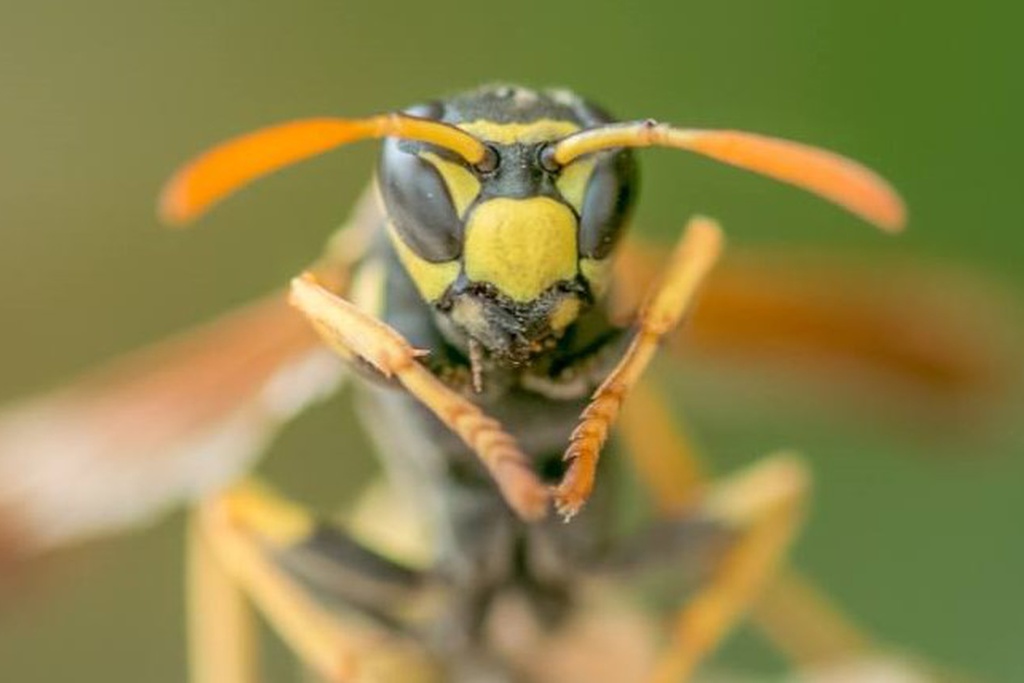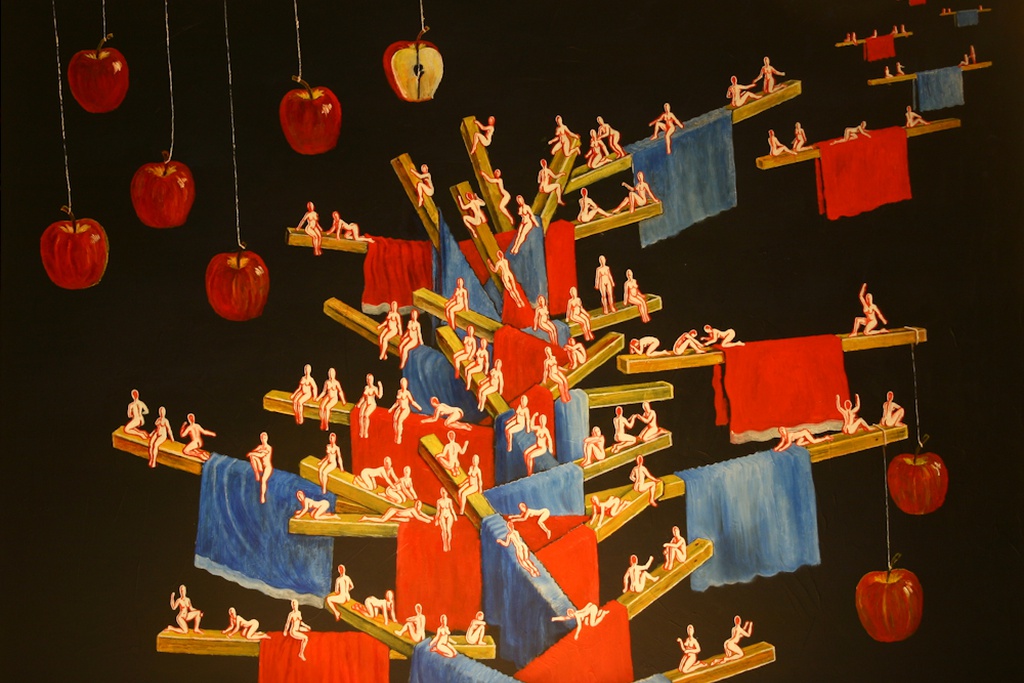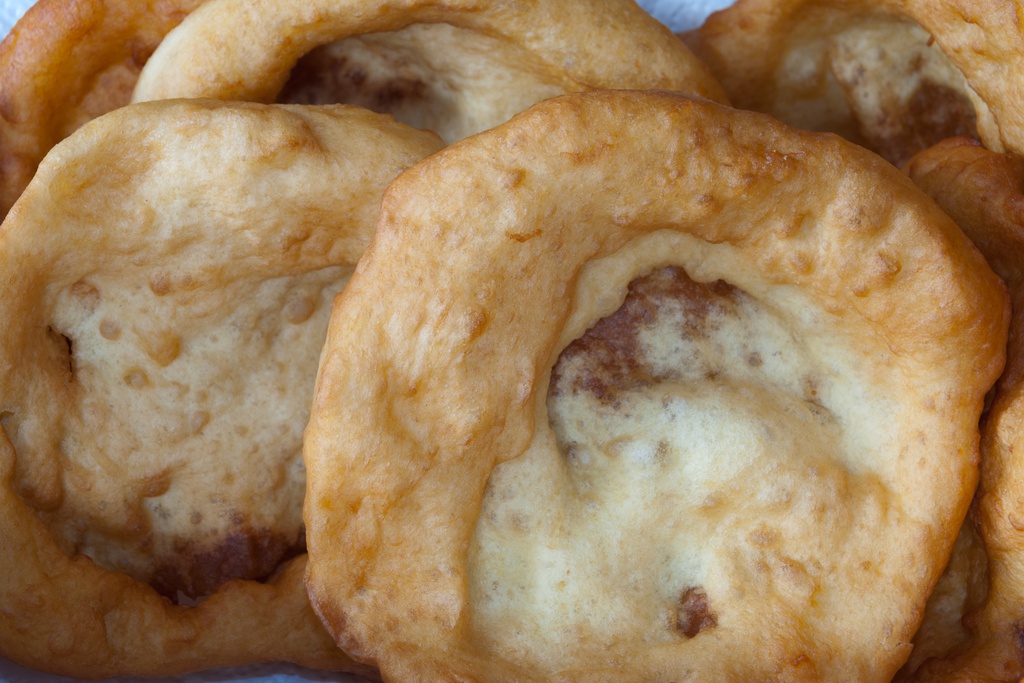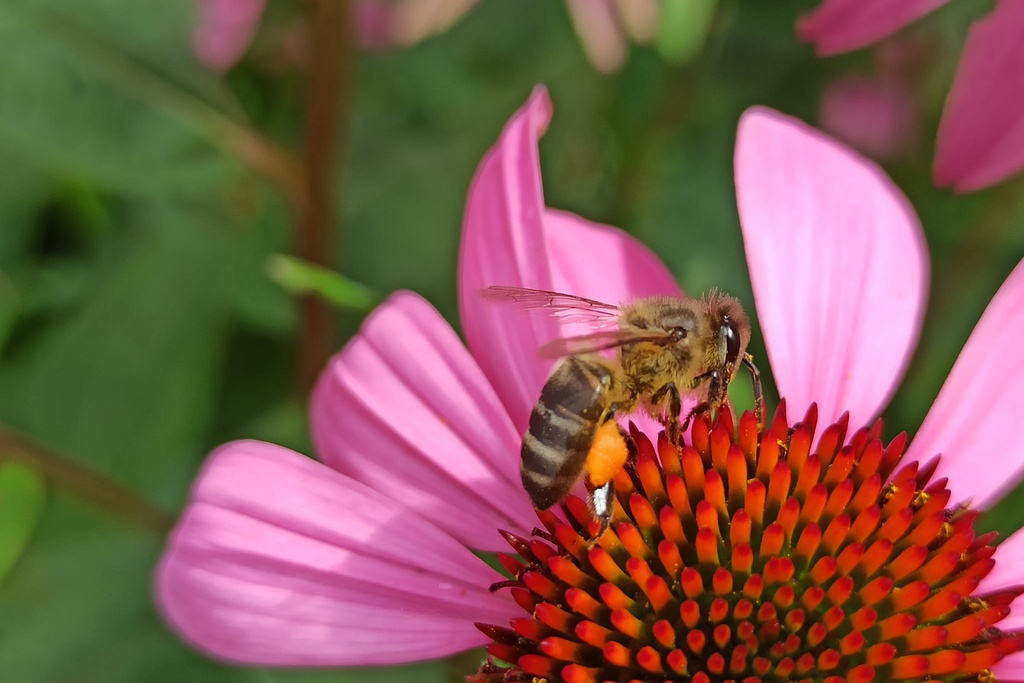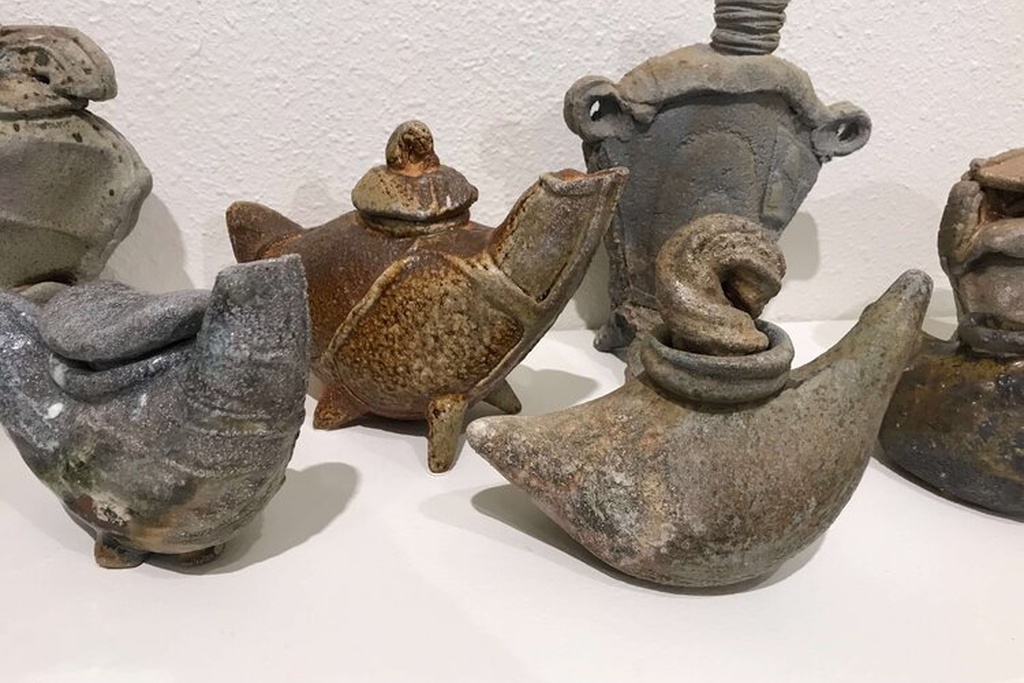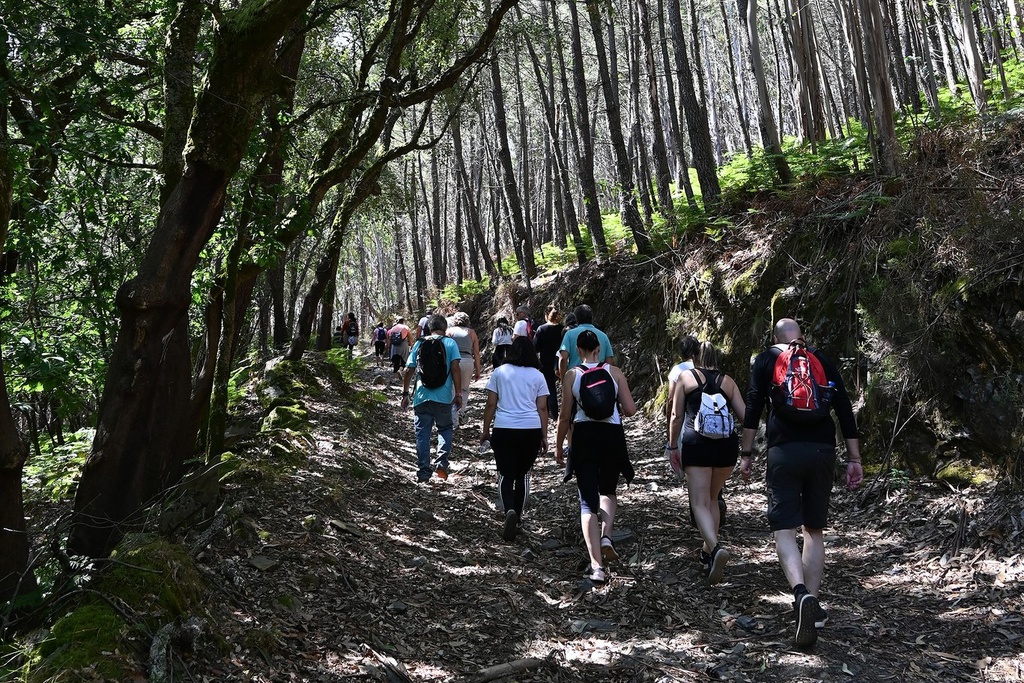This old town is cradled in a picturesque bowl in the mountain range, perched overlooking the River Ceira and close to its source, encircled by looming peaks of quartzite that call to mind ancient natural castles. Those wishing to practise mountaineering and scale these rocks can enjoy a unique vista.
Restoration work began in the village in September 2003, embracing both public spaces and private properties. Of their own accord, owners demolished part of their buildings and Fajão took on a more picturesque air.
… situated in a highly picturesque bowl in the mountain range of the same name, perched overlooking the River Ceira and close to its source, encircled by looming cliffs of schist whose configurations offer the impressive aspect of a dead, troglodyte city carved from natural castles and caves (Penalva, Forno, Igreja dos Mouros and Porta da Falsidade). Those wishing to practise mountaineering and walk among these peaks will enjoy a truly strange, singularly beautiful spectacle and will have the illusion – we cannot say whether of a convulsed upwelling of Dante’s Inferno, as envisaged by Gustave Doré, or of giant bones from another planet that have tumbled from the sky to remain there, astonishingly static, hanging over the abyss of centuries-old chestnut groves and lands carpeted with wild plants. And anyone climbing to Rocha, at the top of the mountain range, at an altitude of 1186 m., can gaze to the east, south and west on the breathtaking panorama of broad horizons that stretch from the depths of Beira Baixa and Estremadura, in a sea of drab brown, yellow, blue and violet mountains whose waves call to mind a great cavalry rising up to charge at the Serra de Estrela.”
Guilherme Filipe, in “Guia de Portugal - Beira Litoral, Beira Baixa, Beira Alta” (1944)
The village, a hotbed of culture, has its own museum named after Monsignor Nunes Pereira. The collection includes woodcuts, watercolours of Fajão and objects that form part of the village’s history (such as its first public telephone).
However, there is more to see and do in Fajão. Points of interest include the typical communal oven, the public wash house and the old primary school from the time of the Estado Novo dictatorship. The surrounding nature is also a crowning jewel of the village. From here, one can almost see the source of the River Ceira, a tributary of the Mondego.
Enter the churchyard, and experience the coolness of the Fonte Velha (Old Spring). Wander through the courtyards of the largo da cadeia (prison square) and the Monsenhor Nunes Pereira museum to the top of the village. There, the swimming pool lies waiting for the long summer days. As you stroll by, note the taramelas (wooden door latches) together with other unique architectural details. Follow the history related on the slate panels that refer to the "Tales of Fajão". Walk in the steps taken by the characters, seat yourself at their table and discover why the local cuisine is one of Fajão’s greatest attractions.


